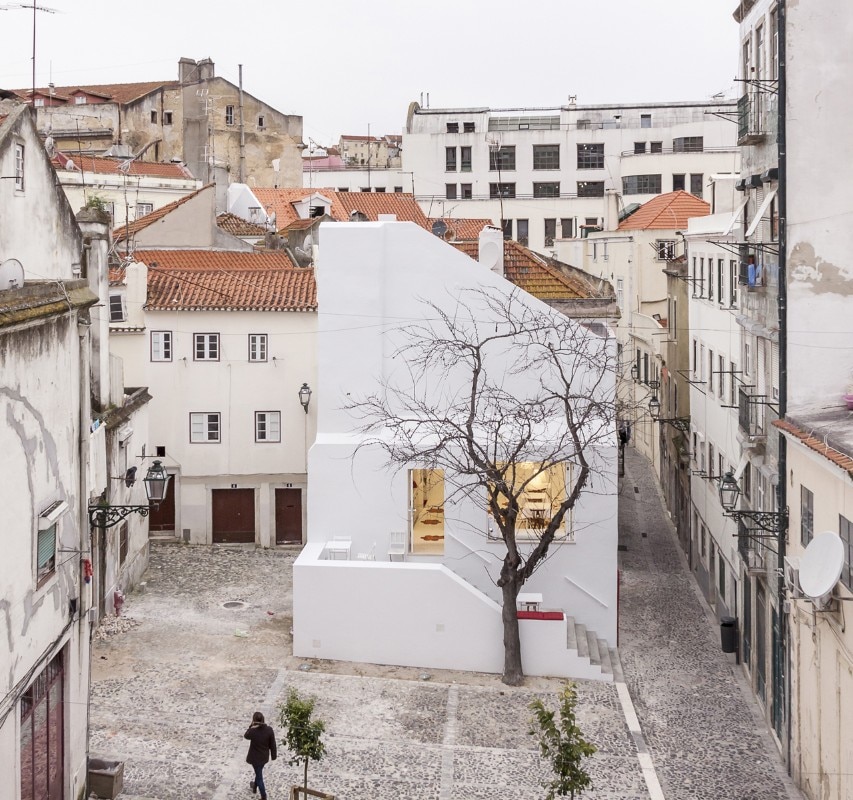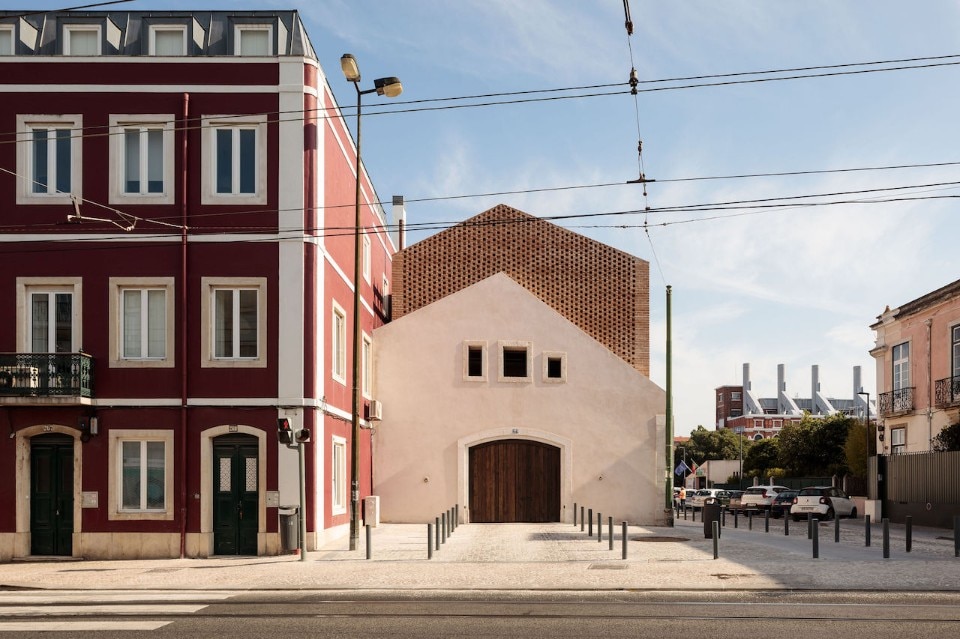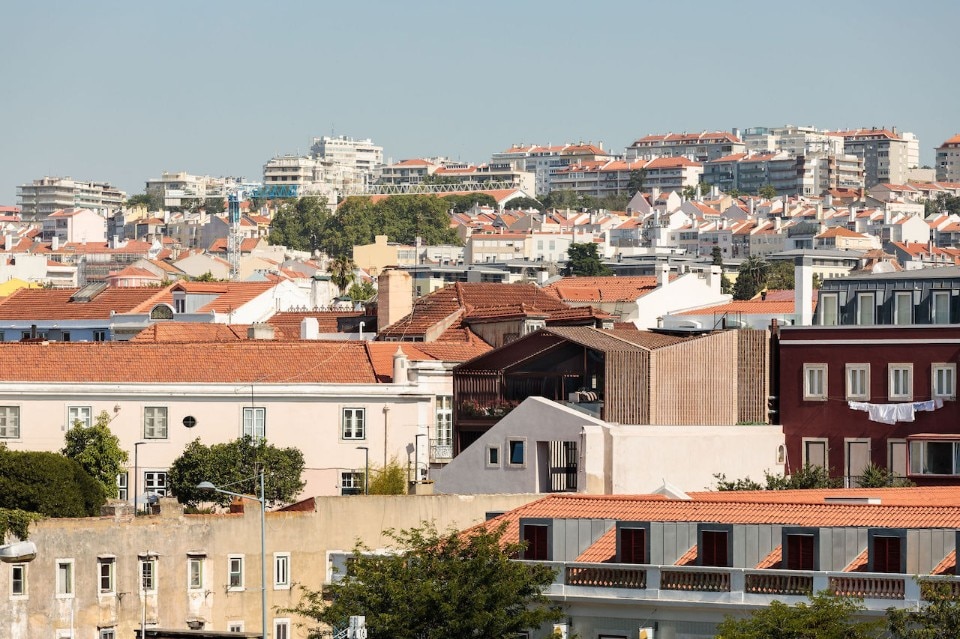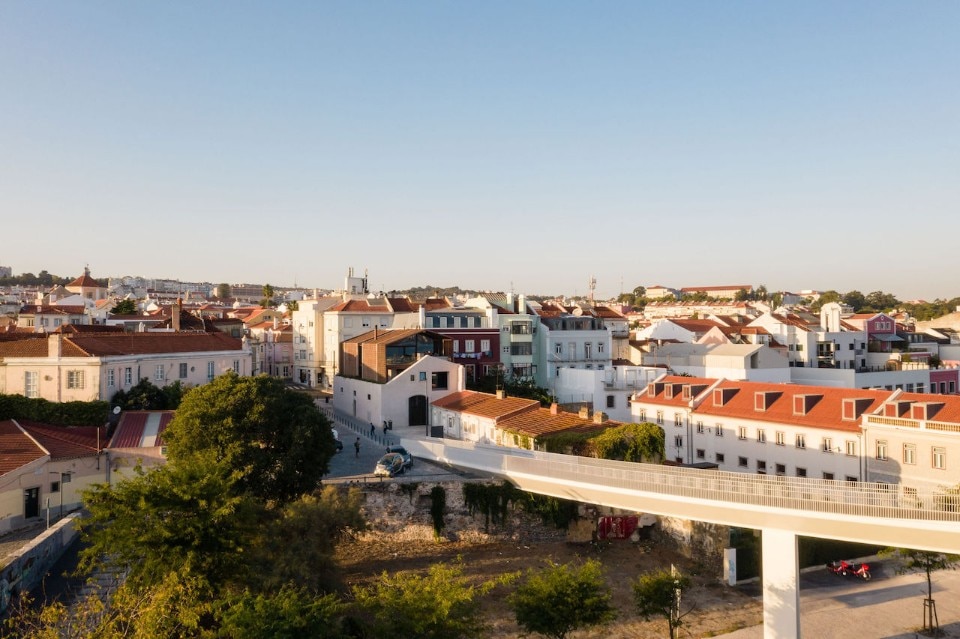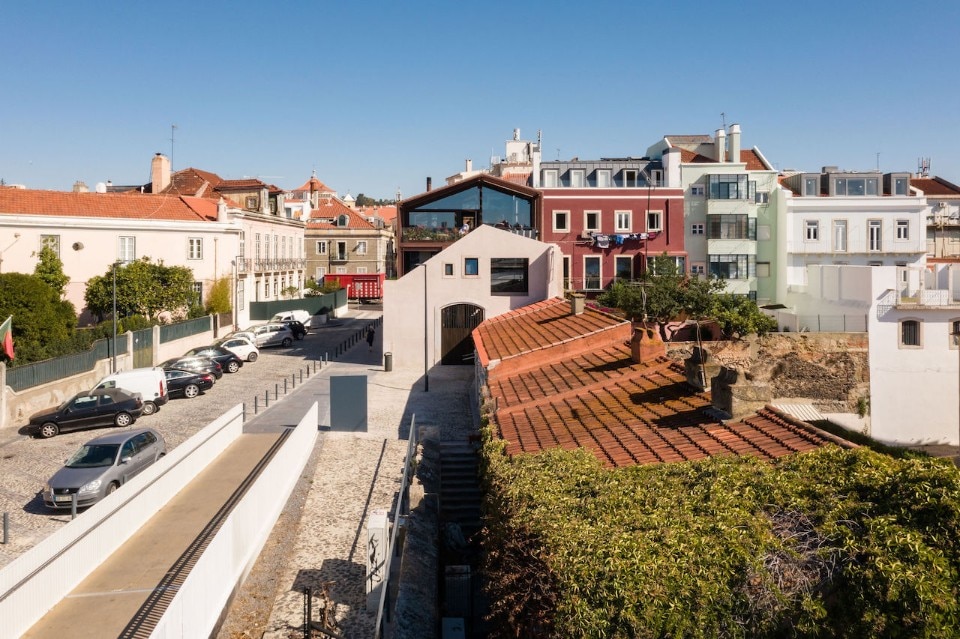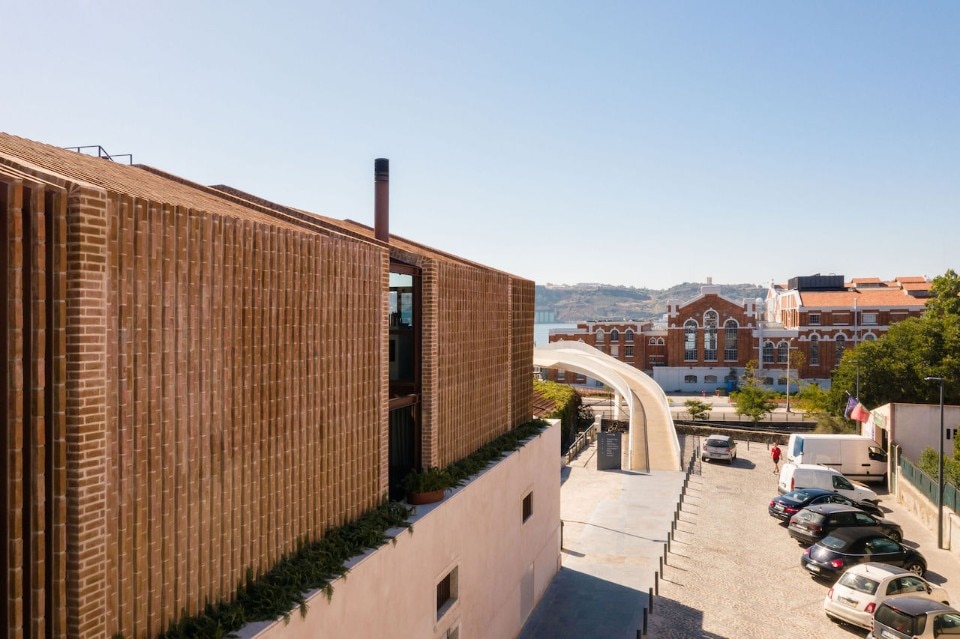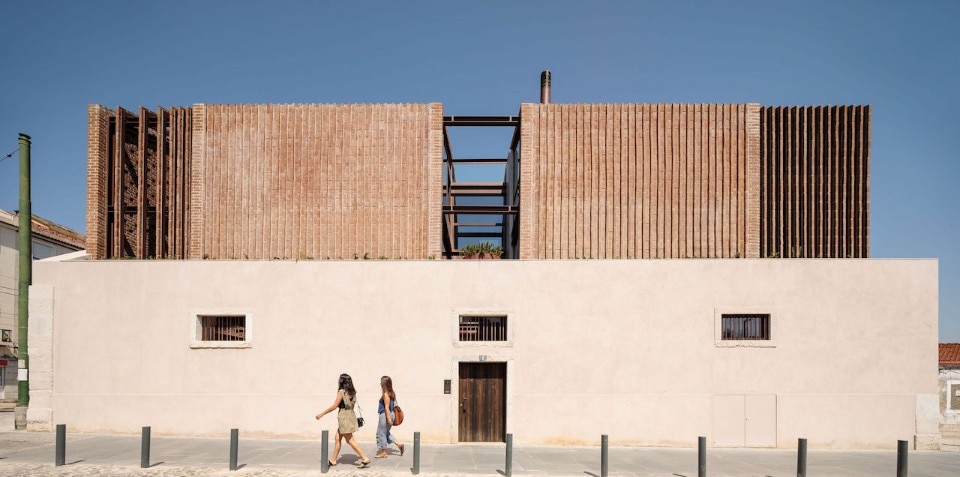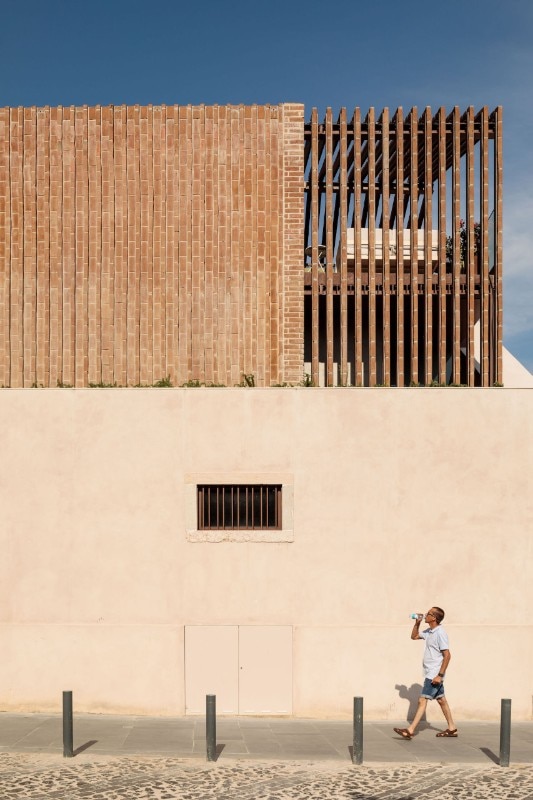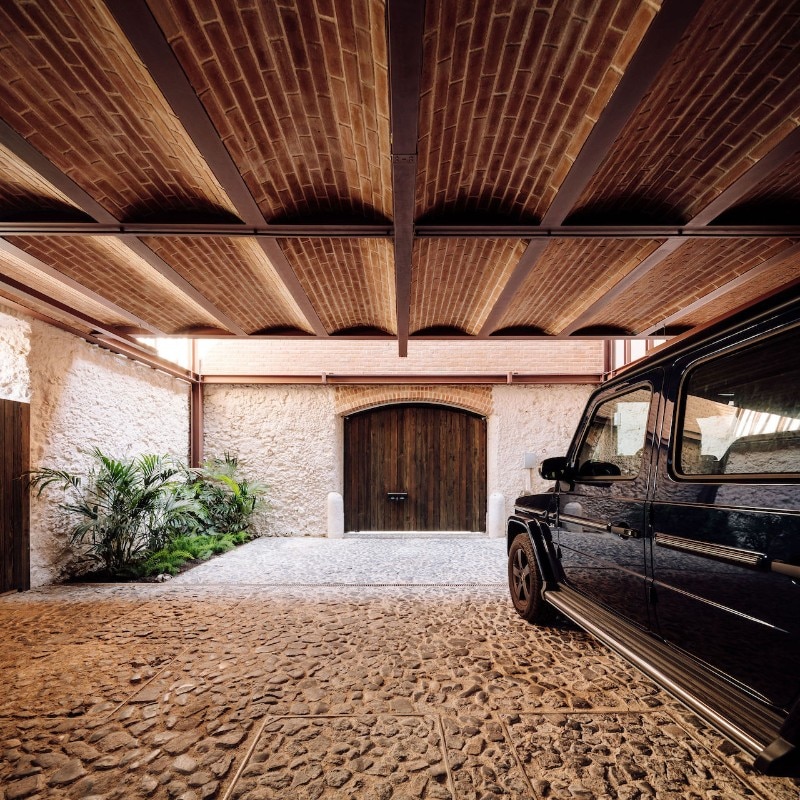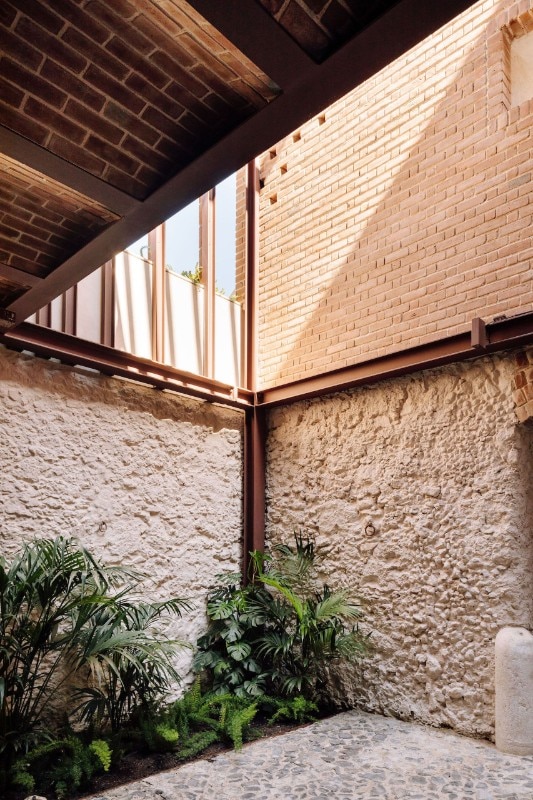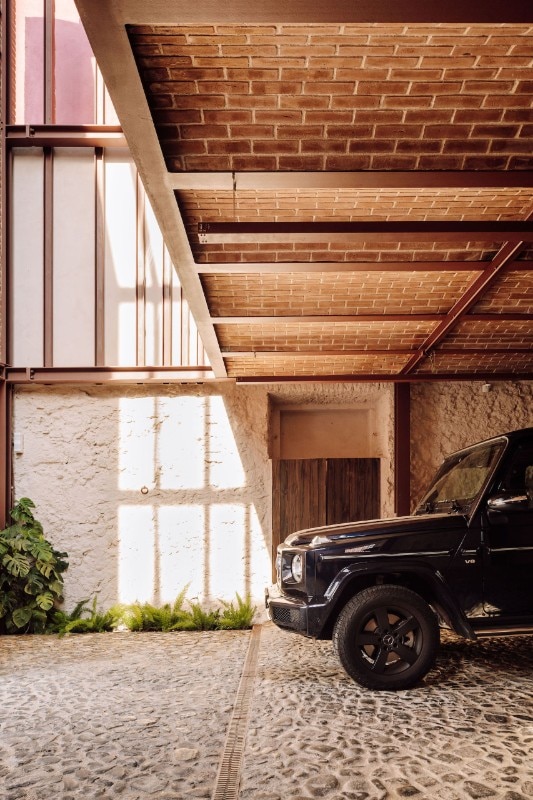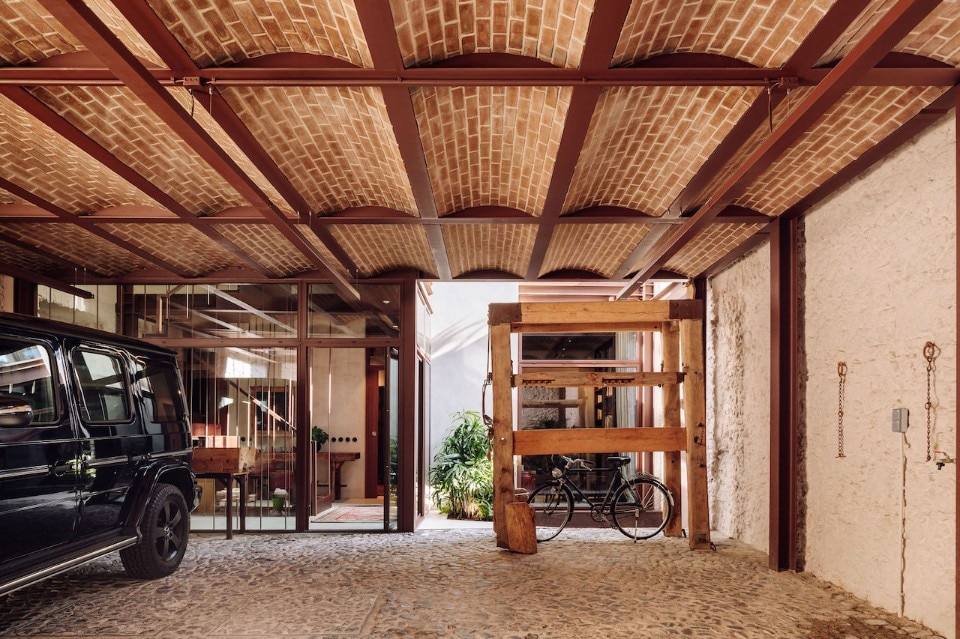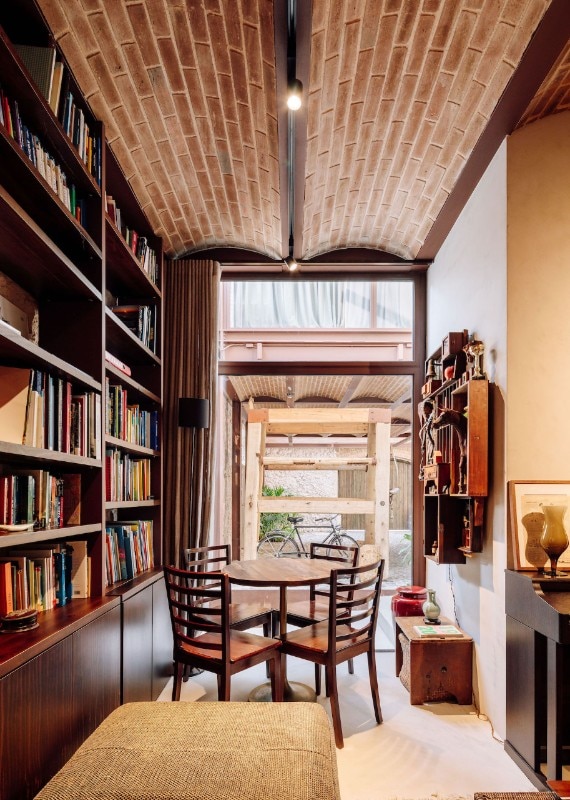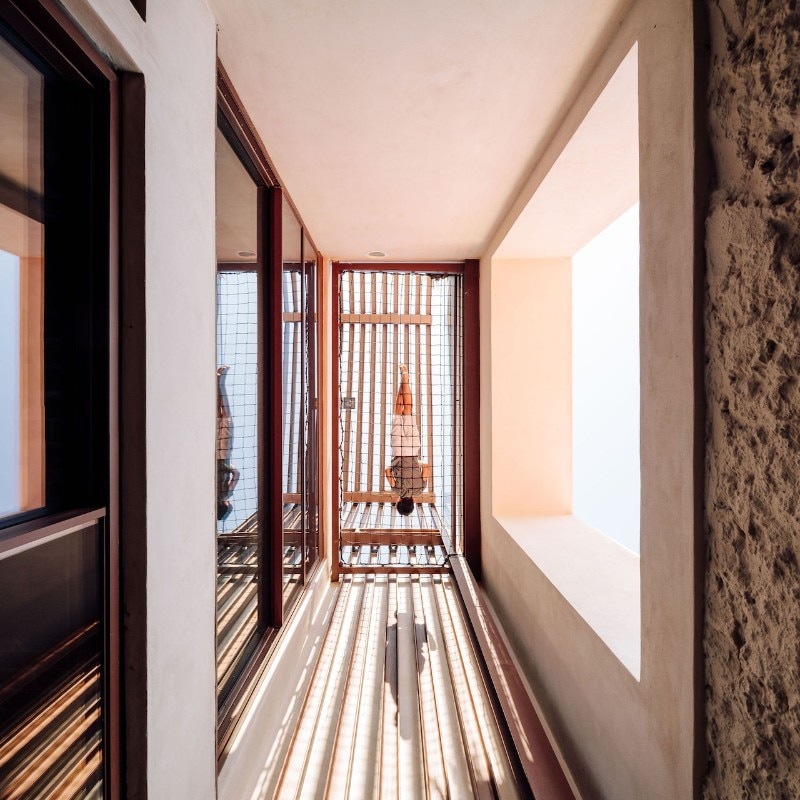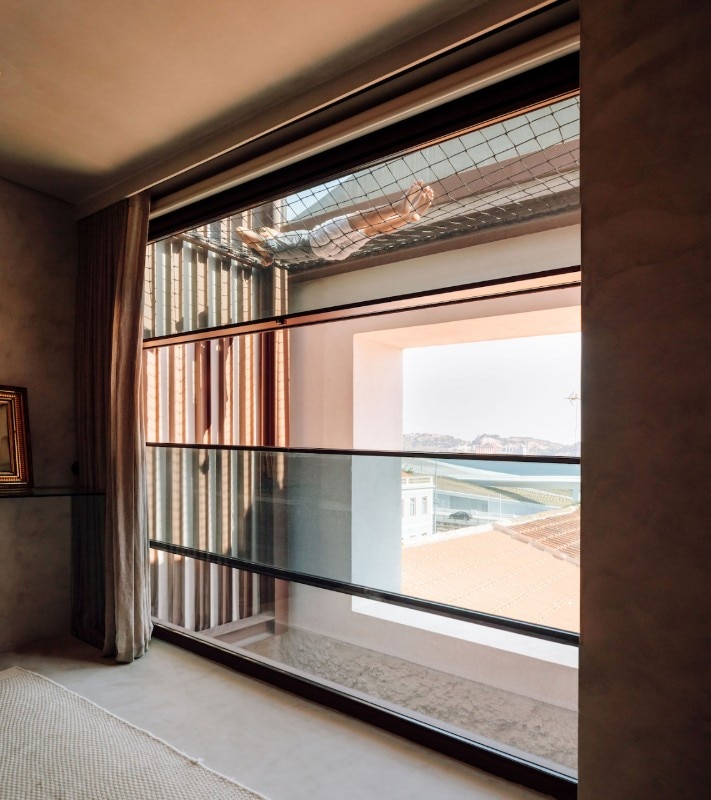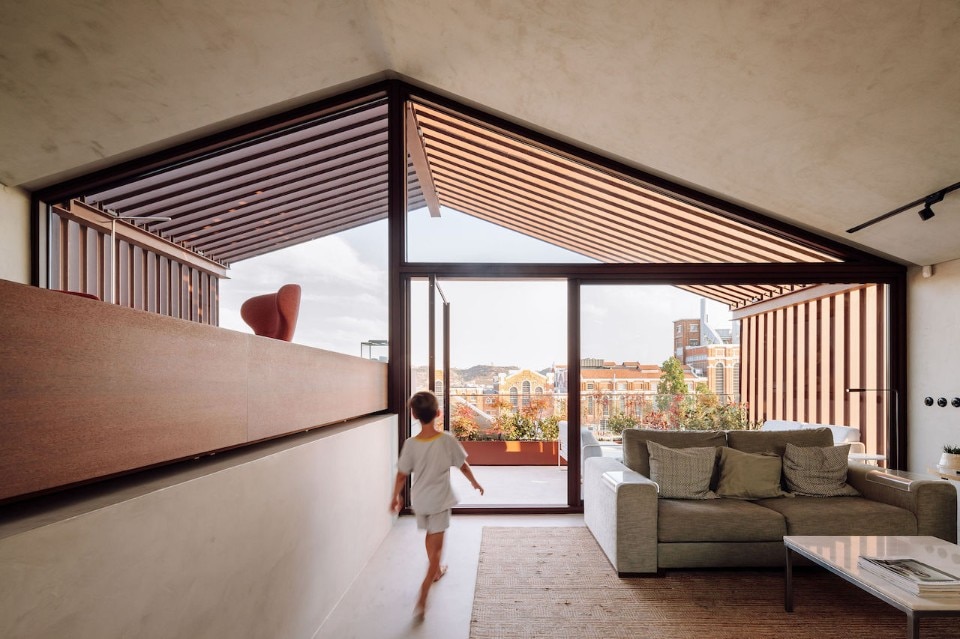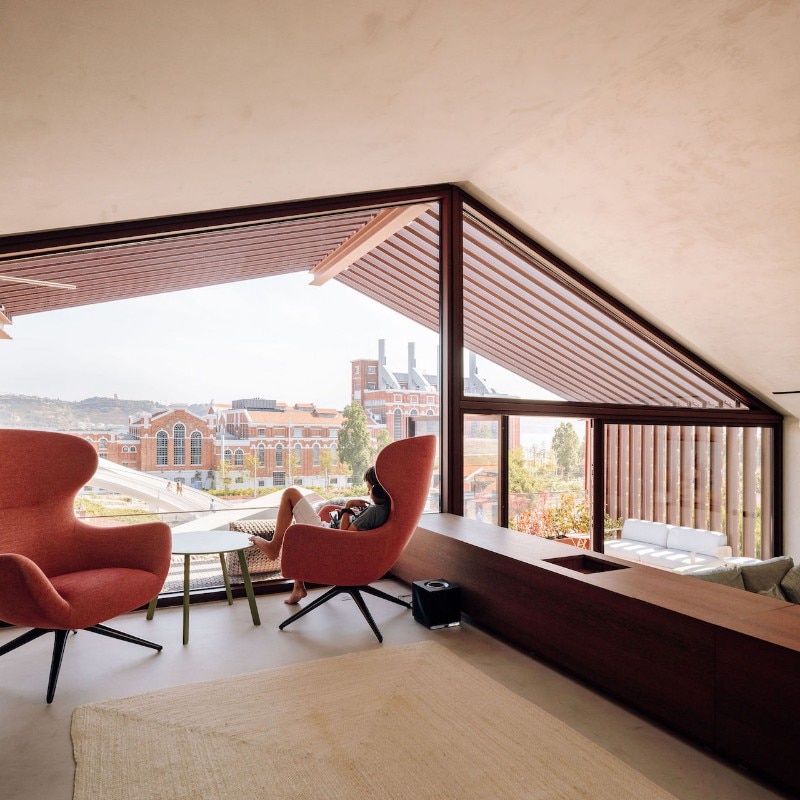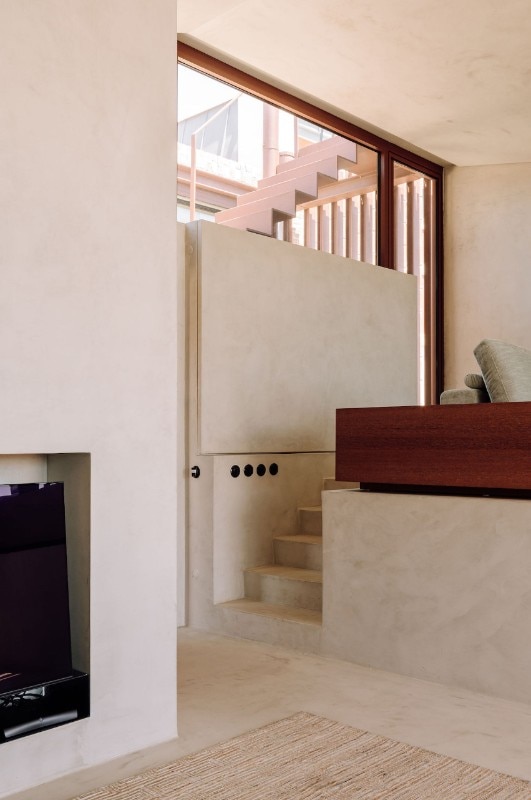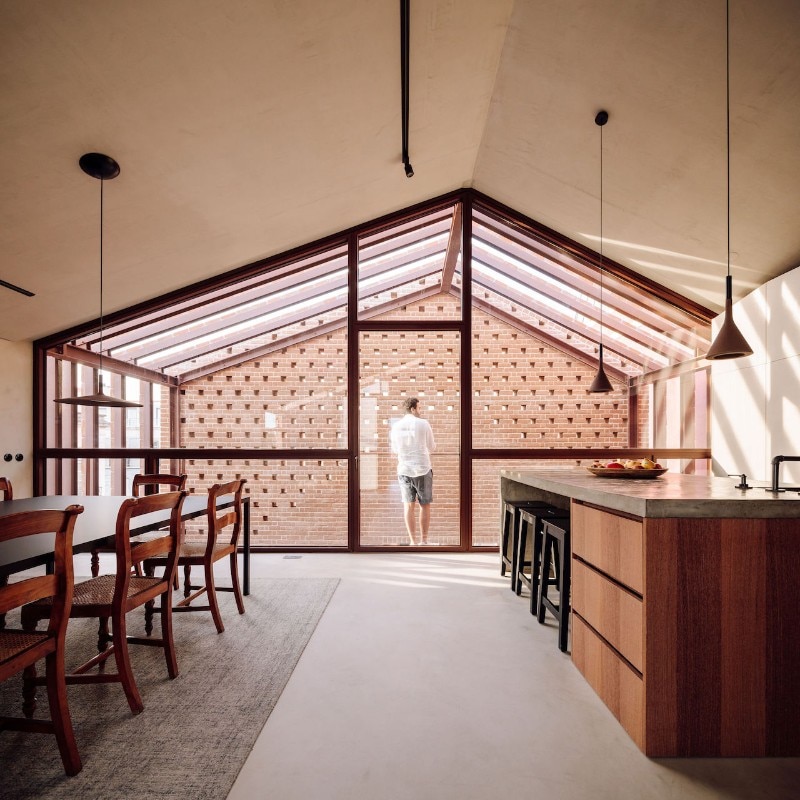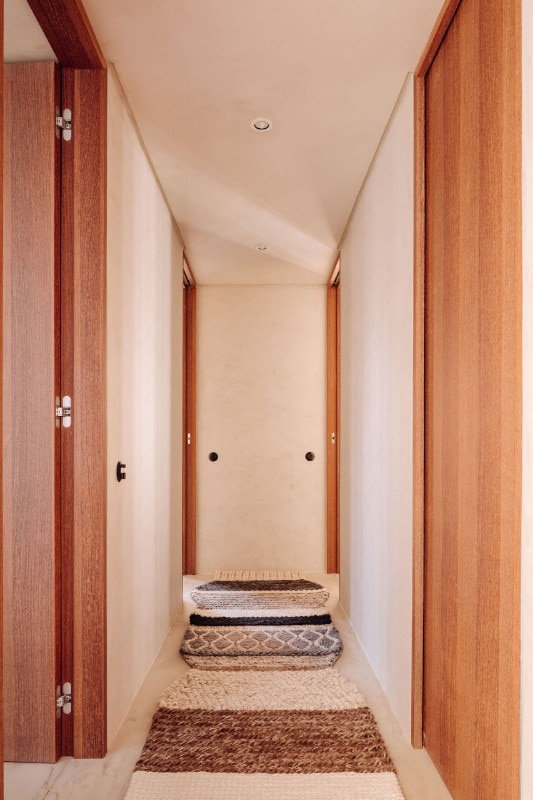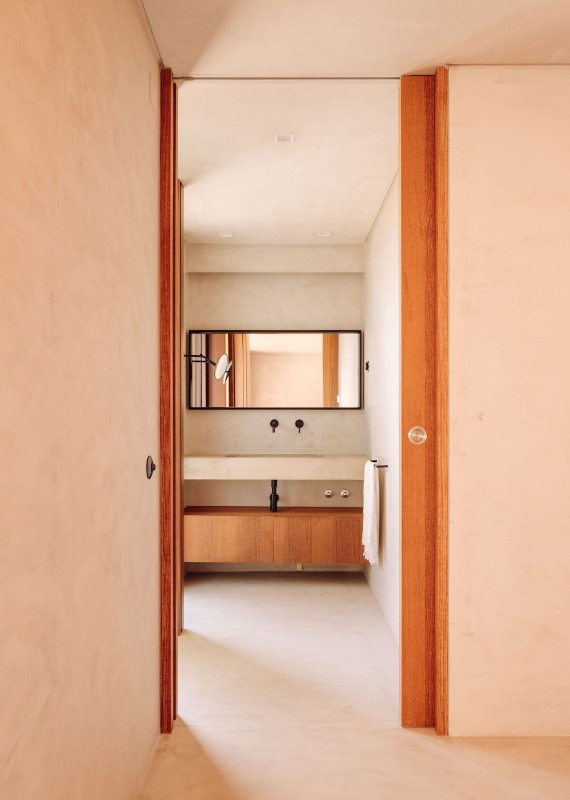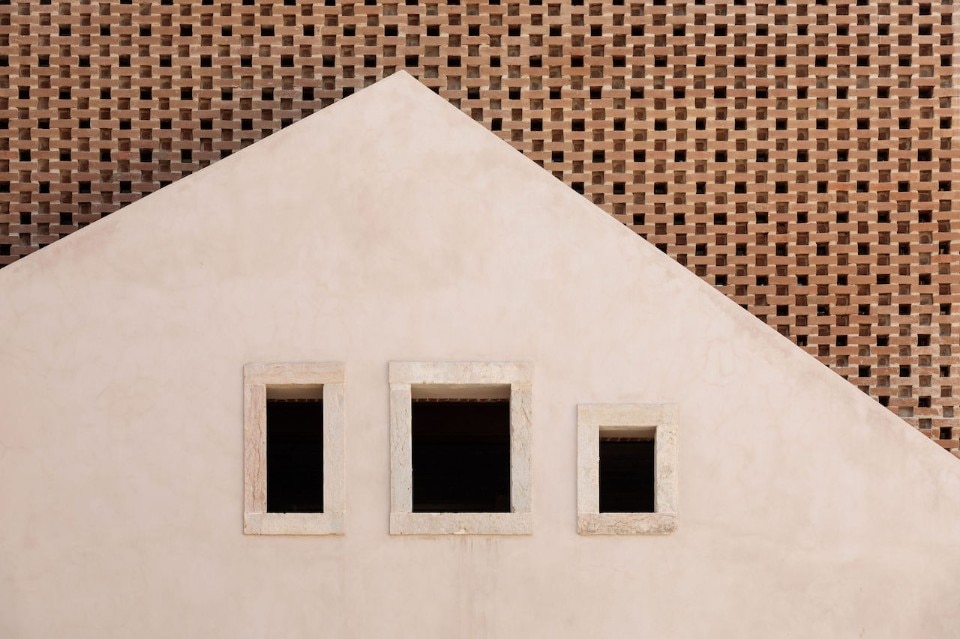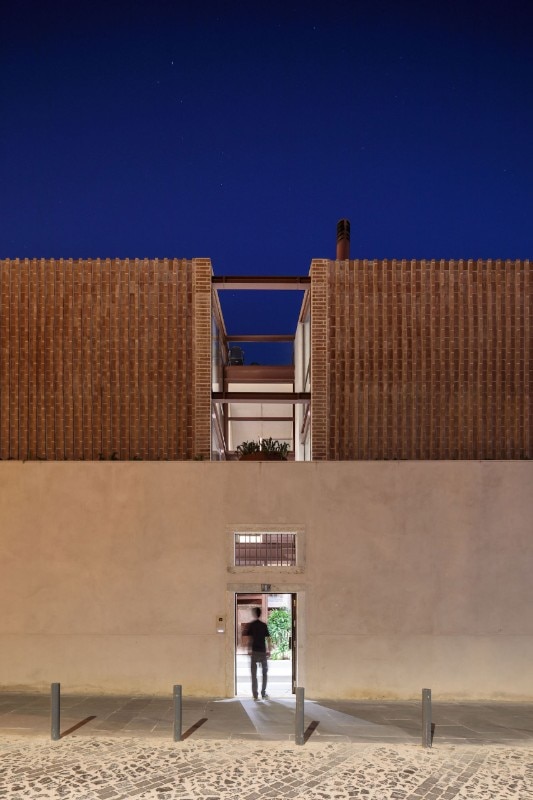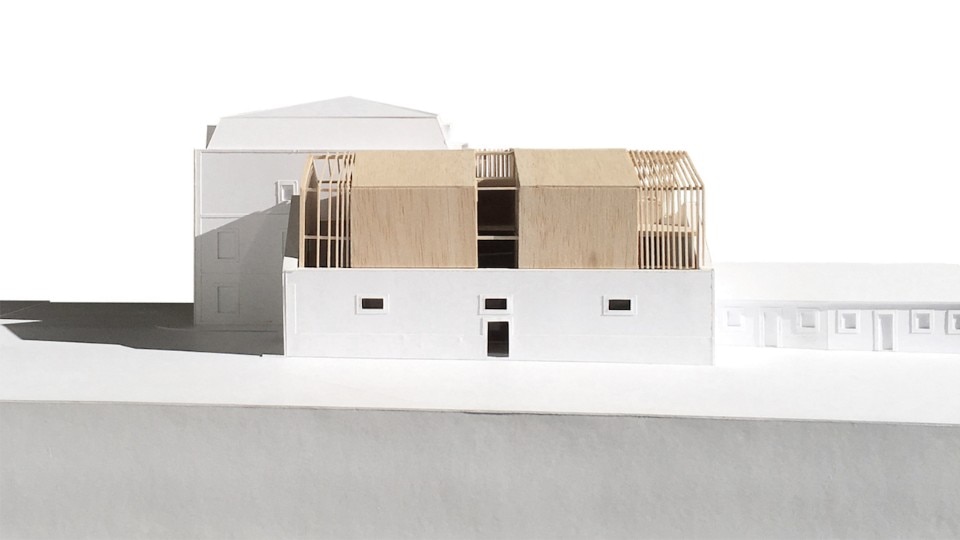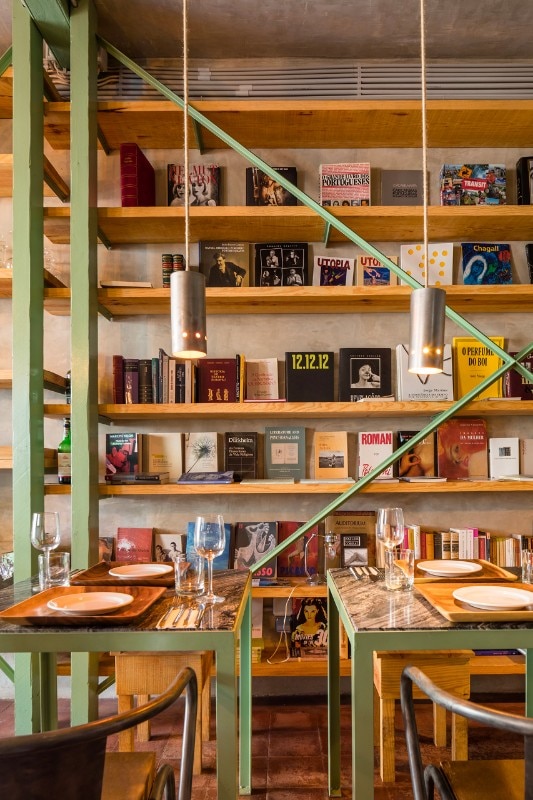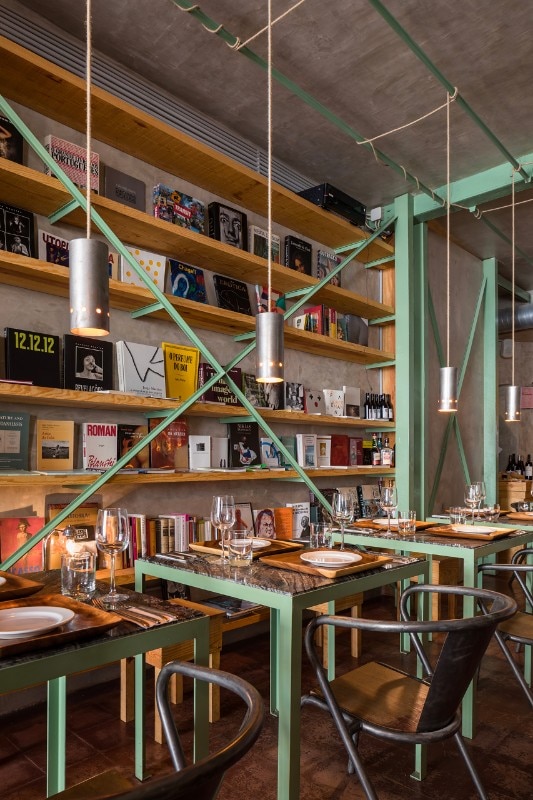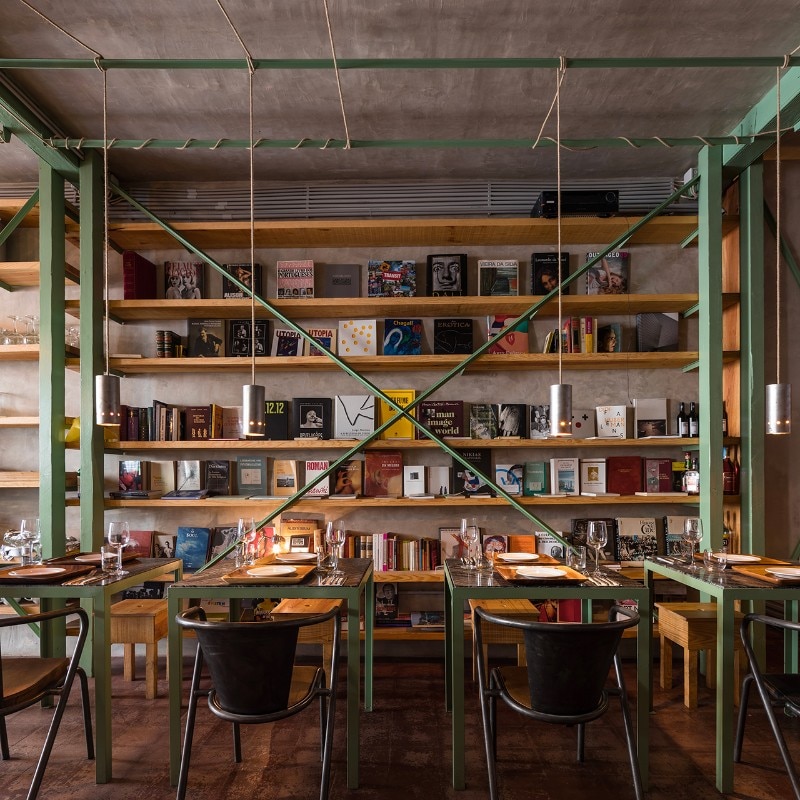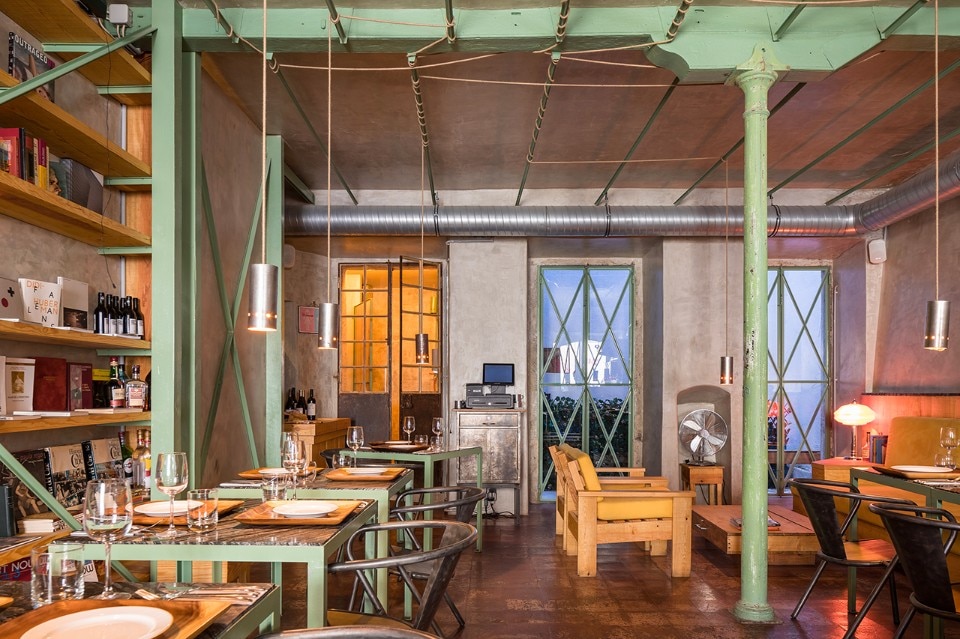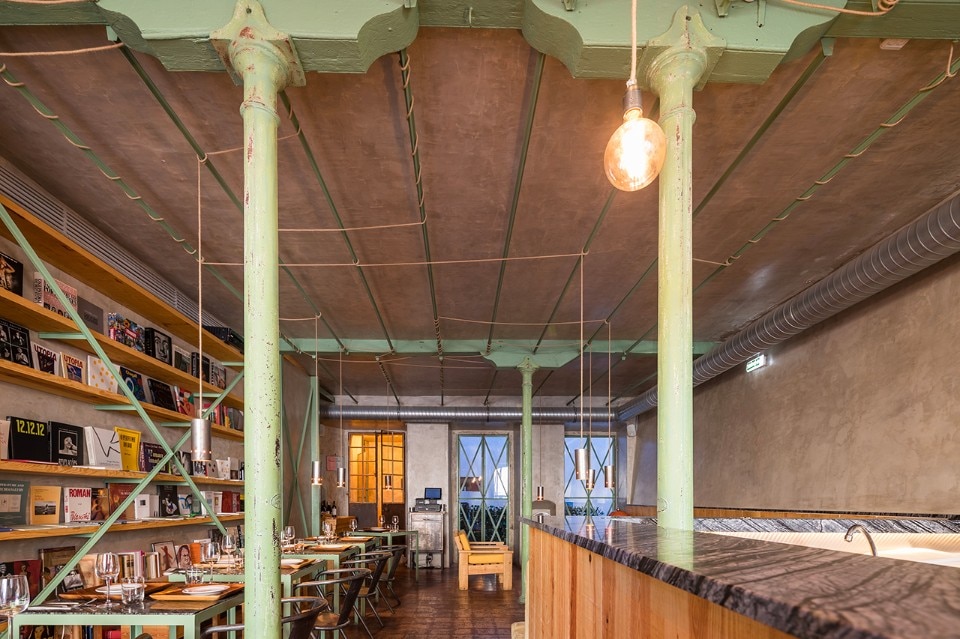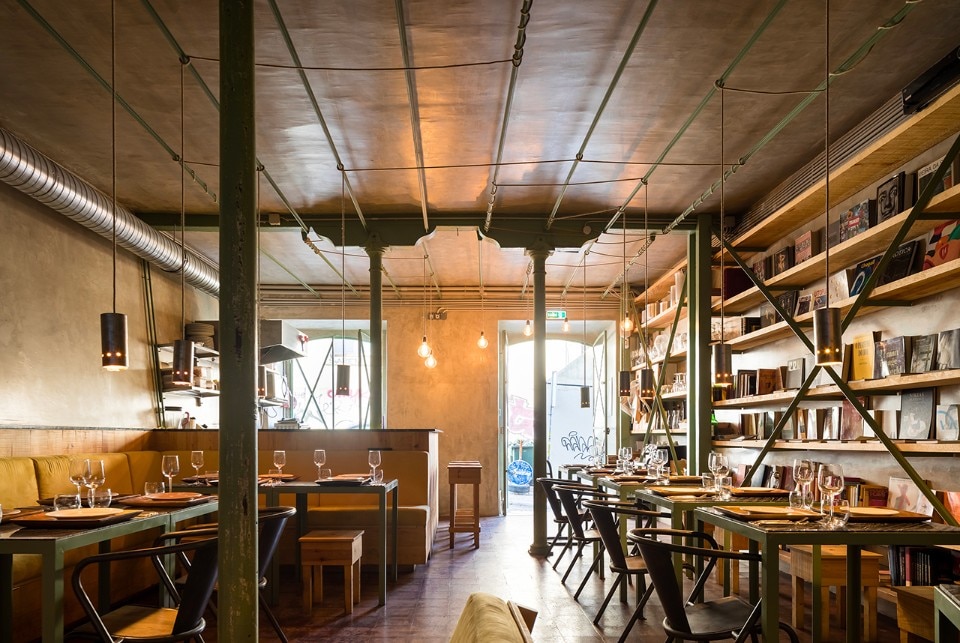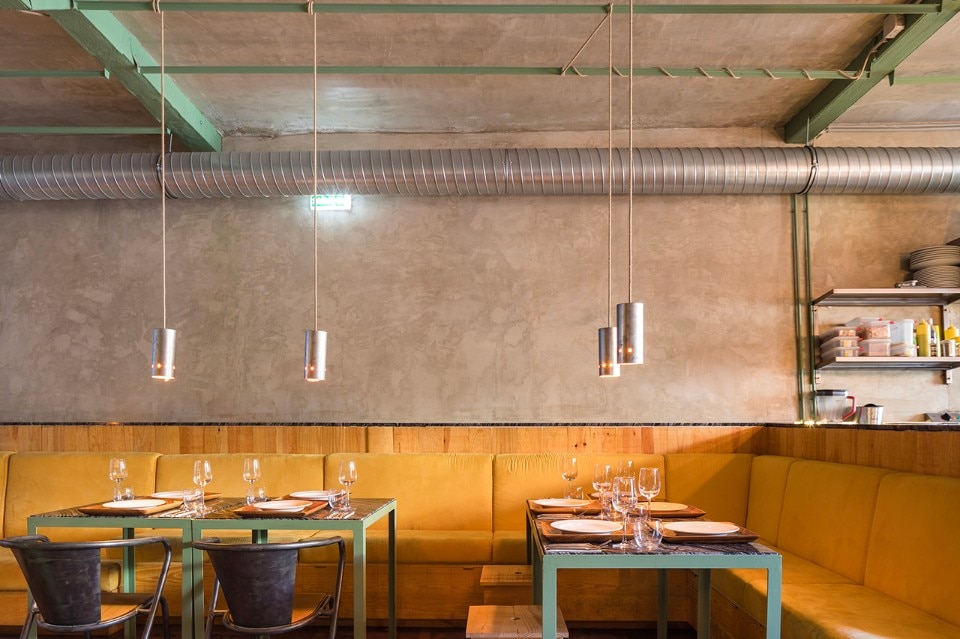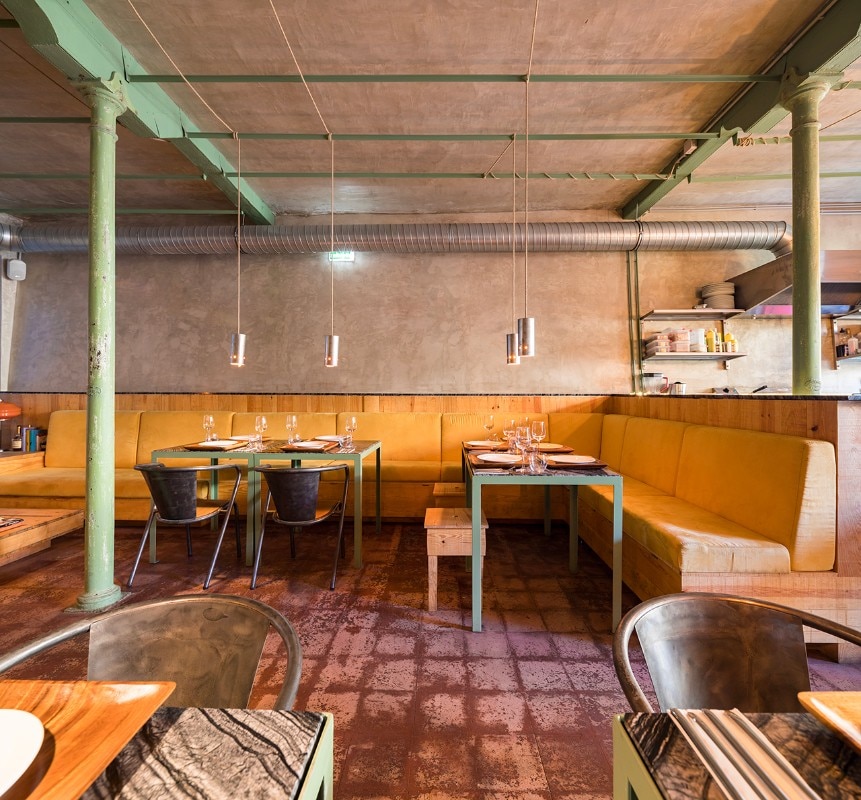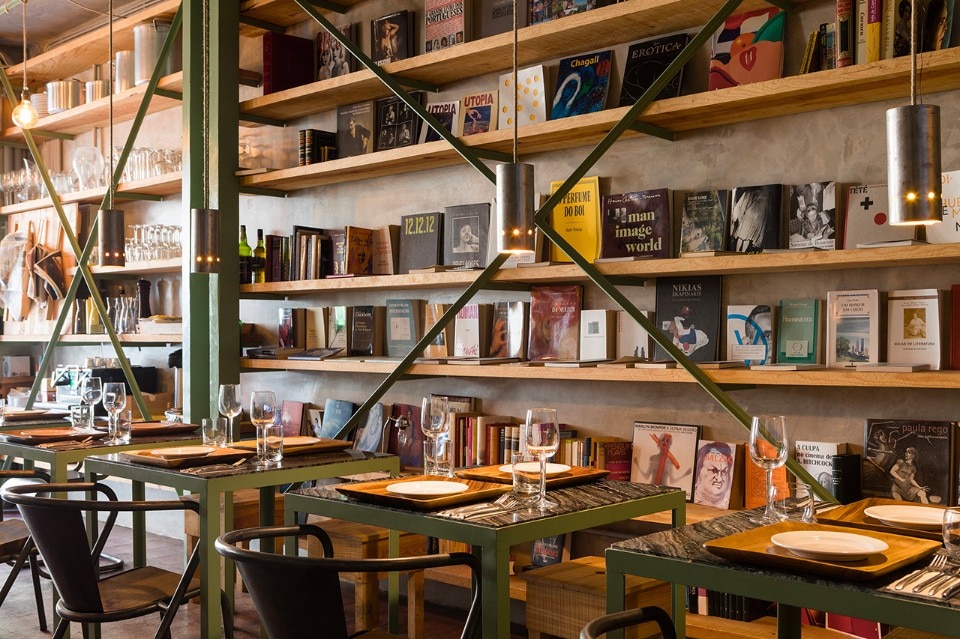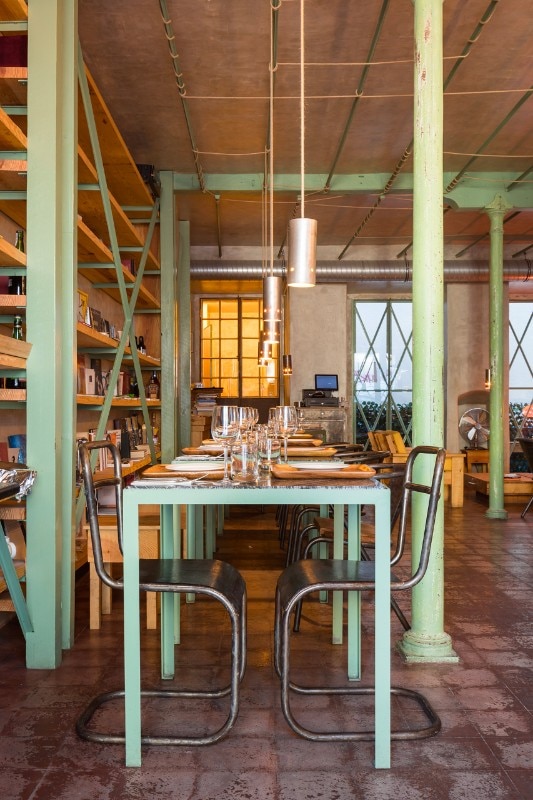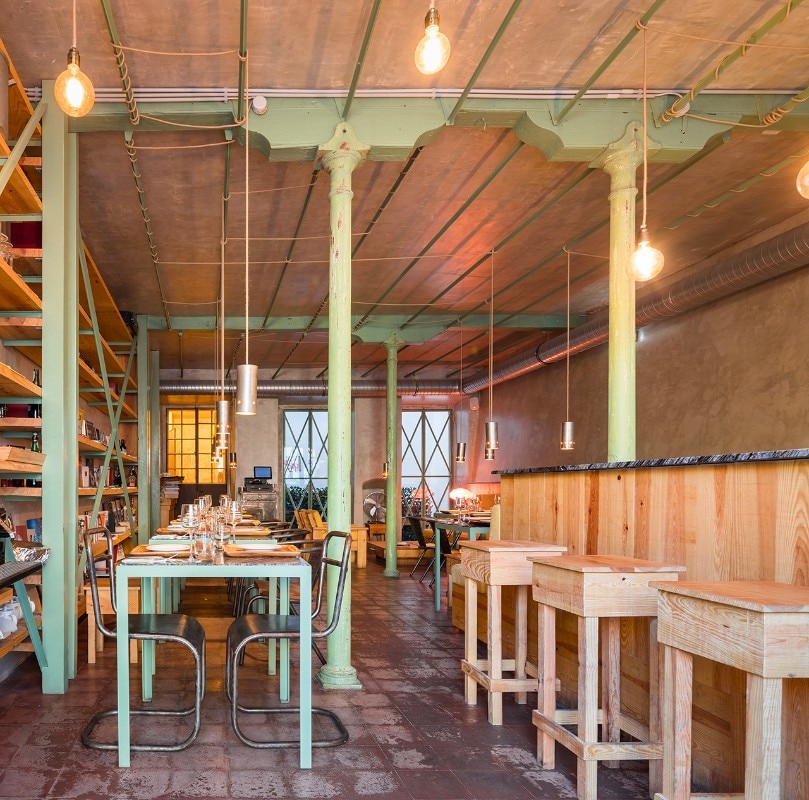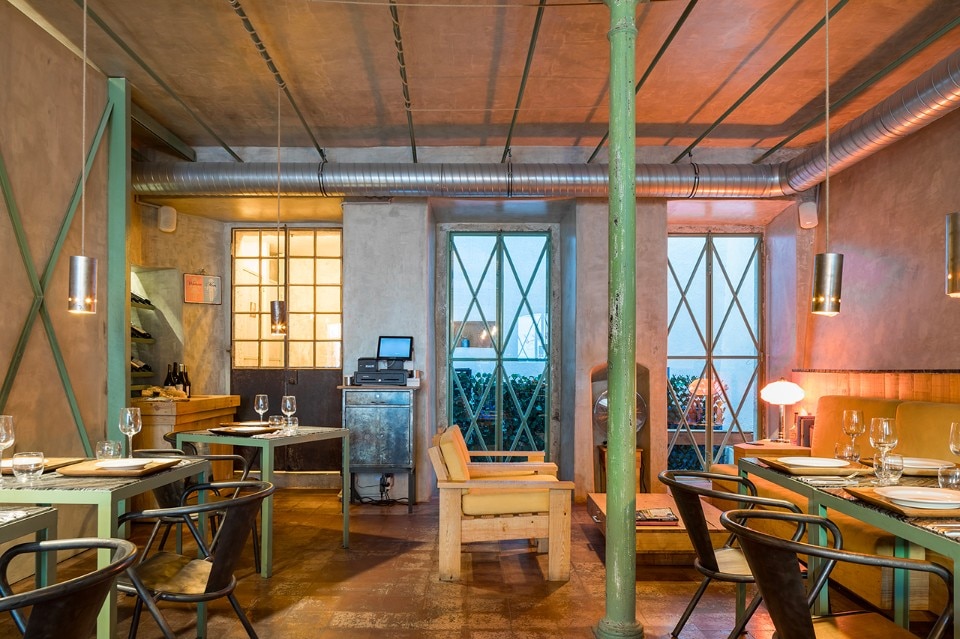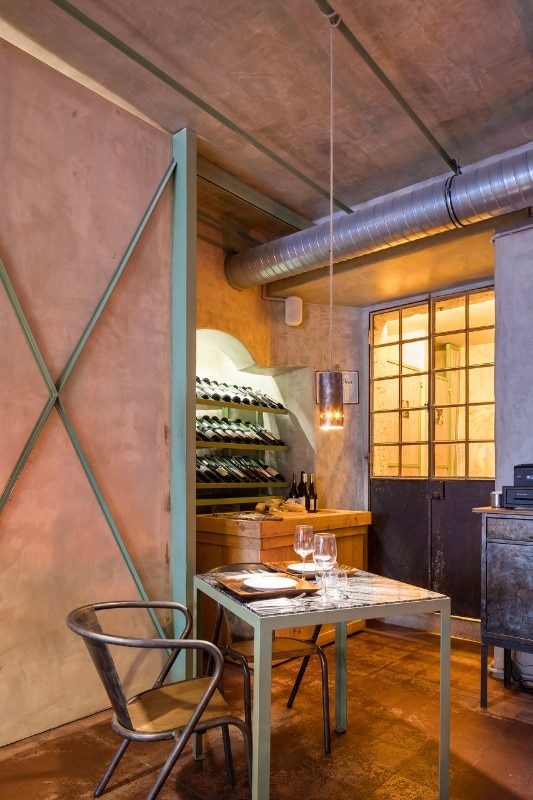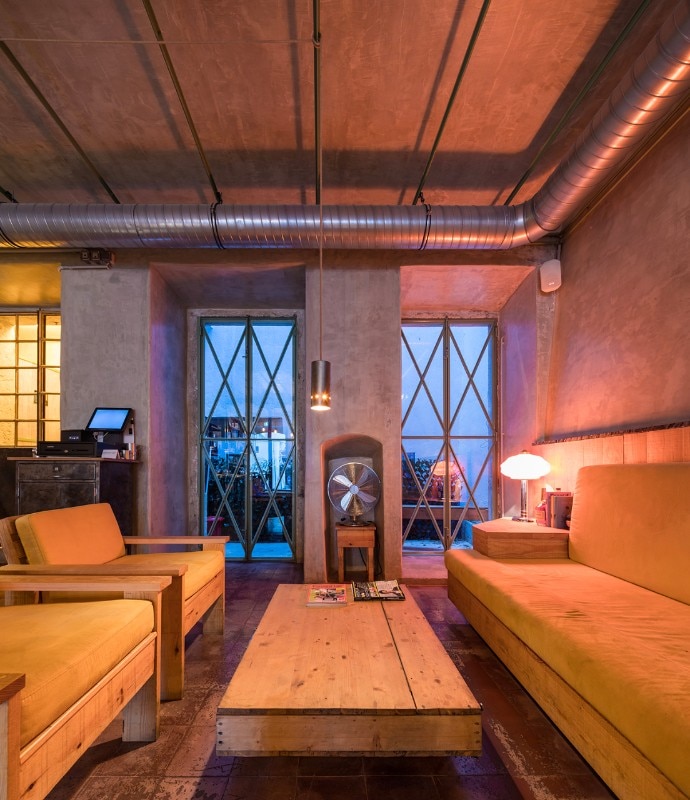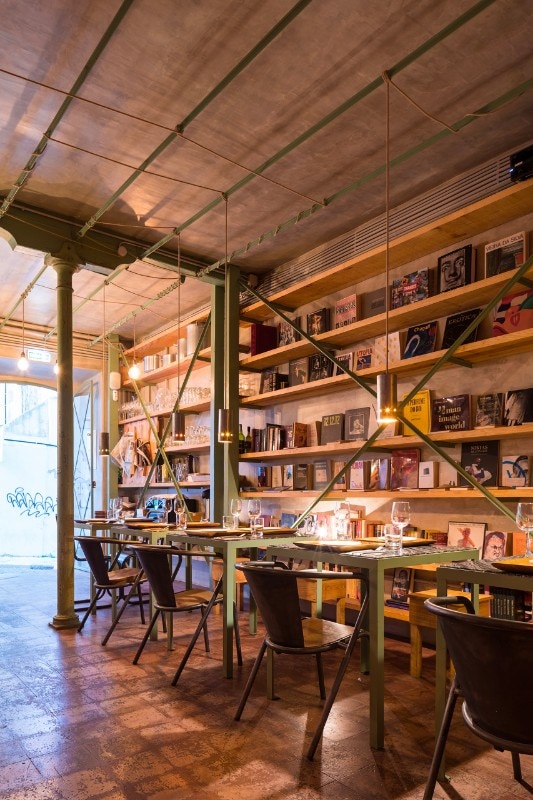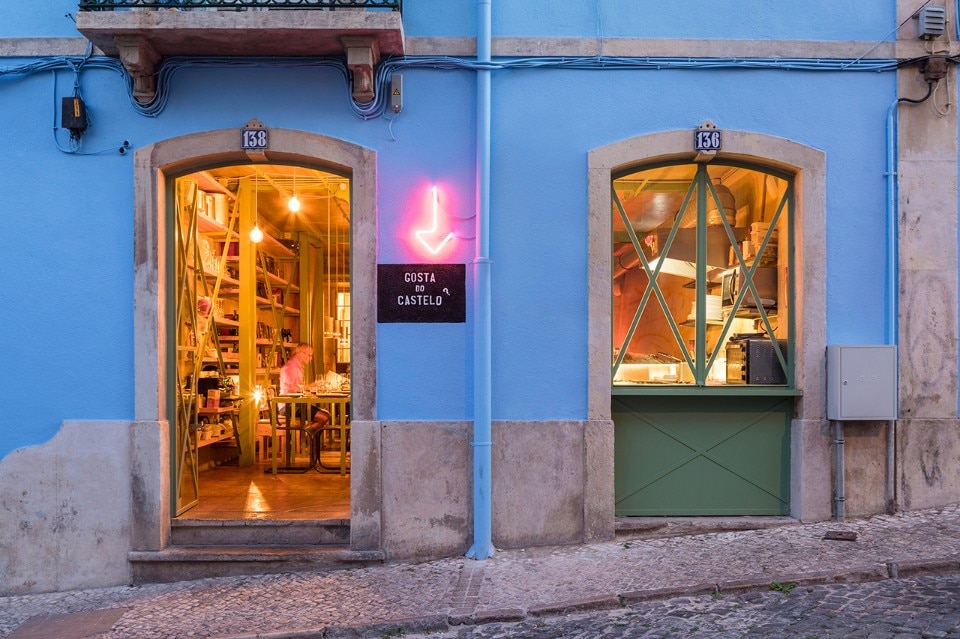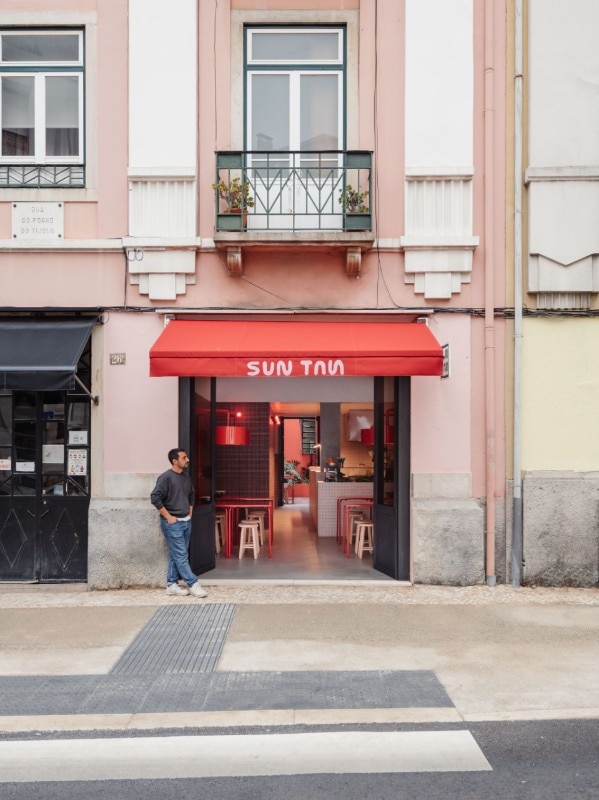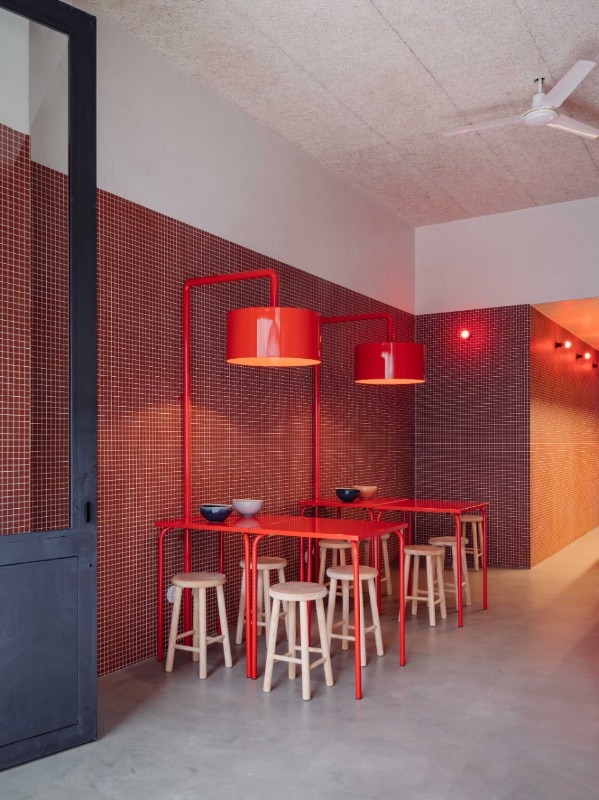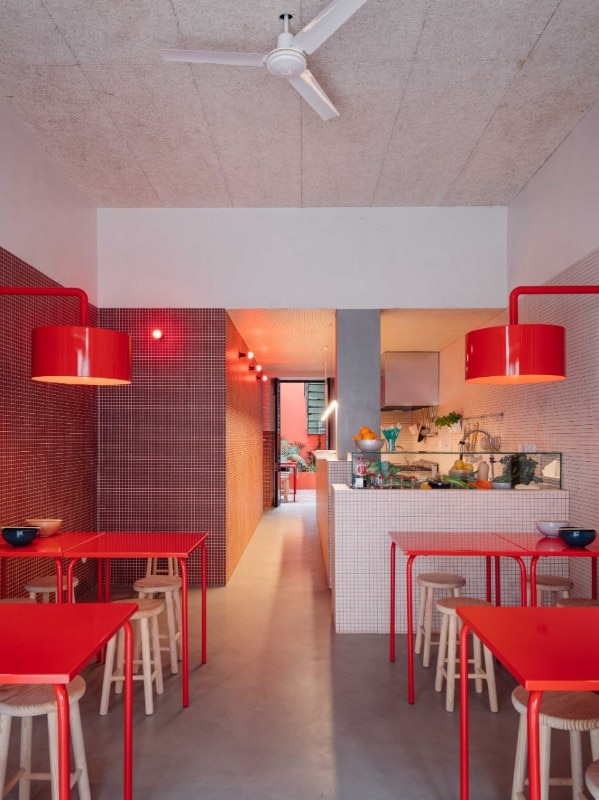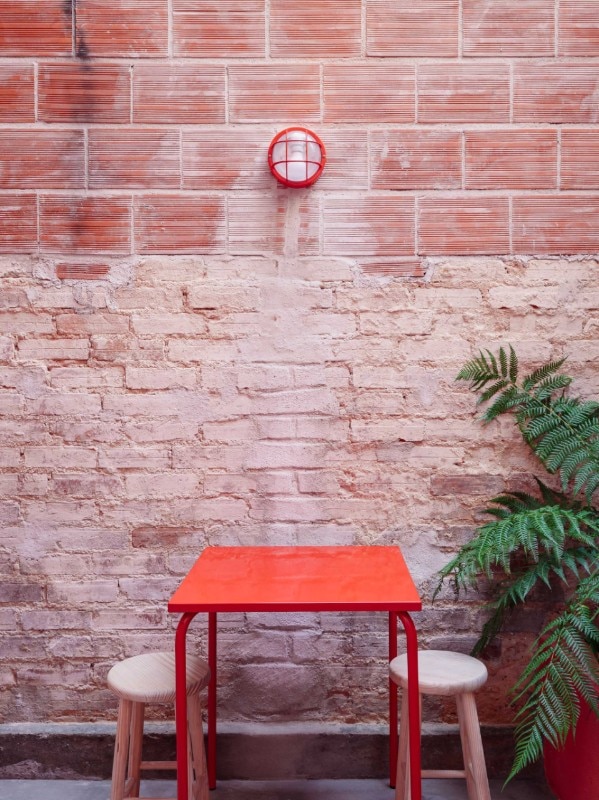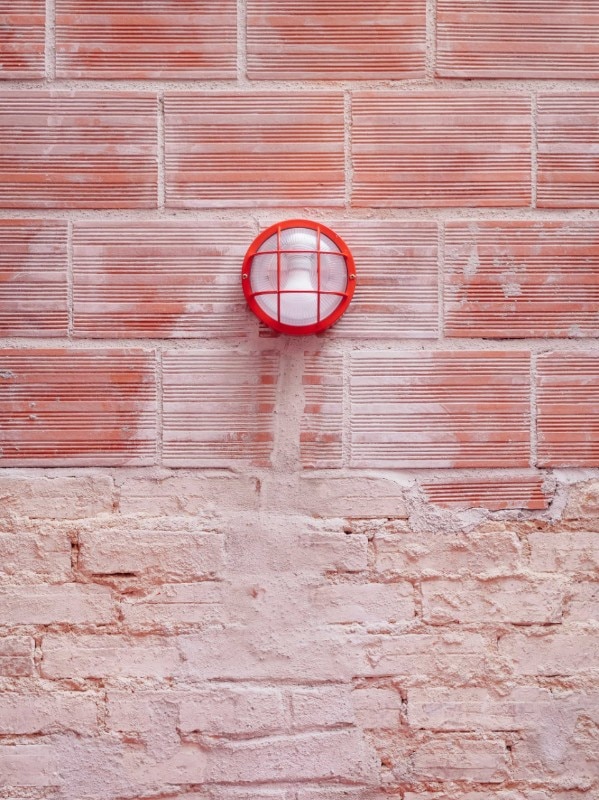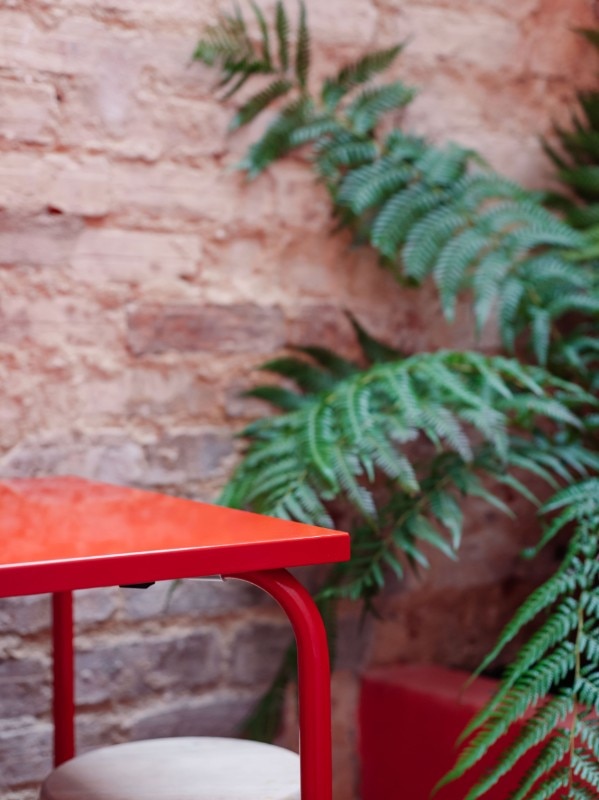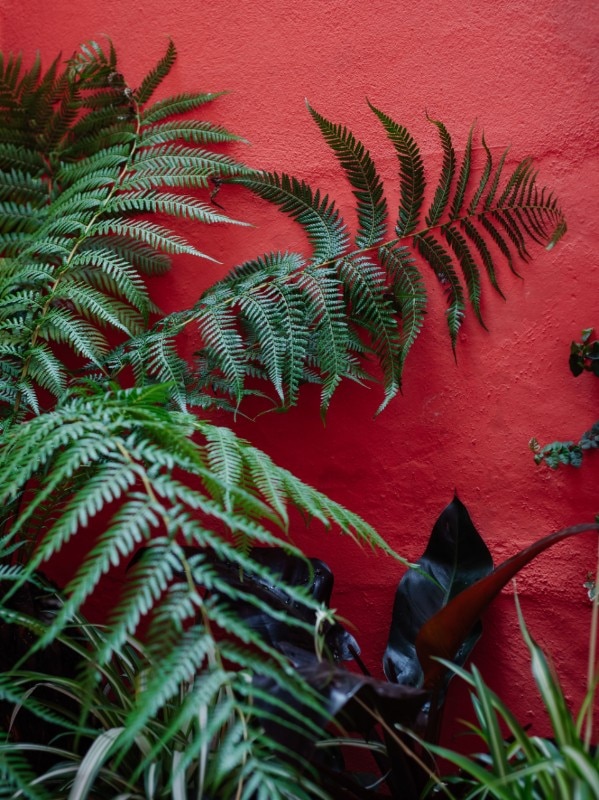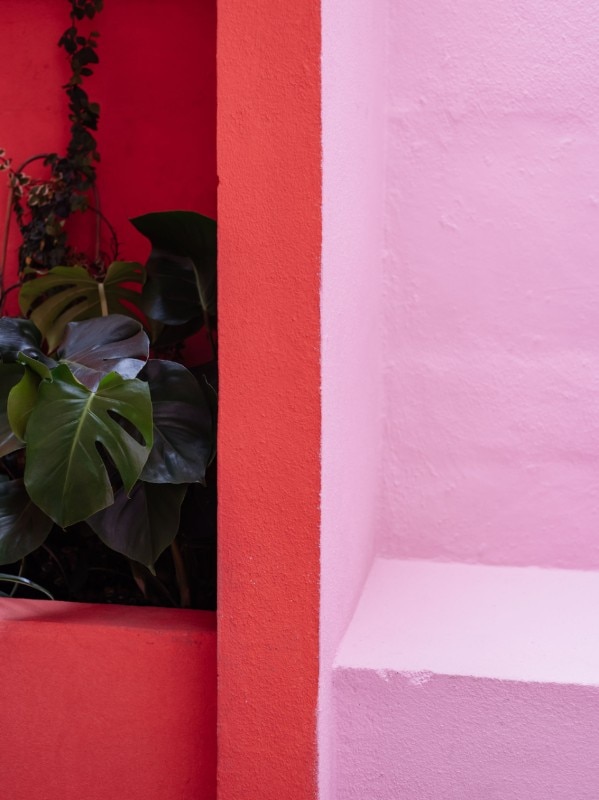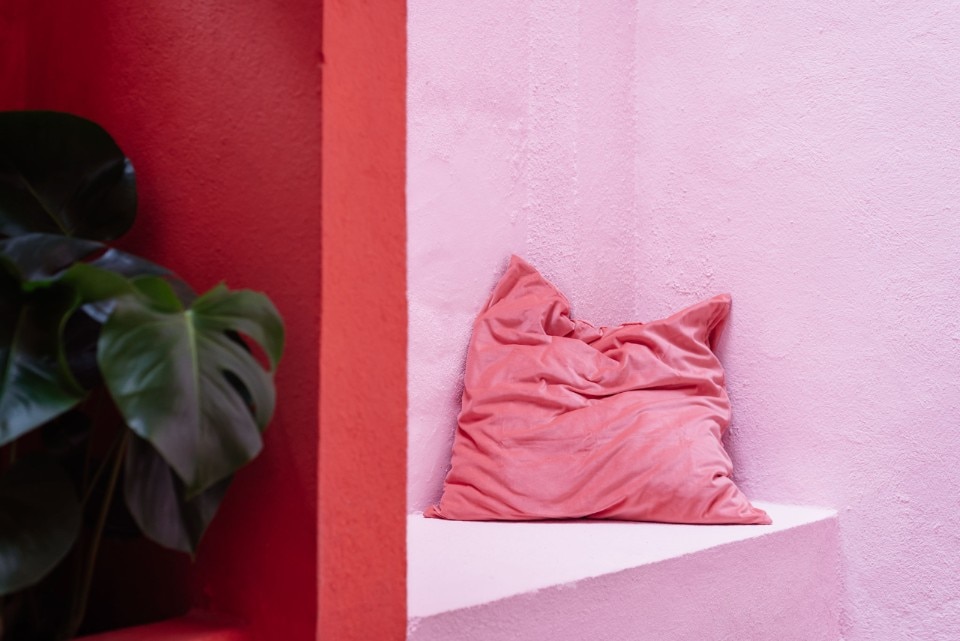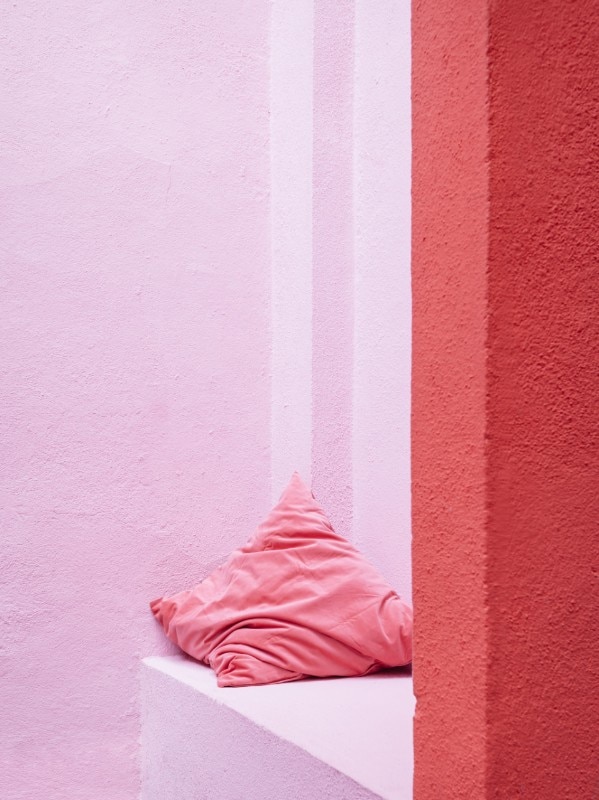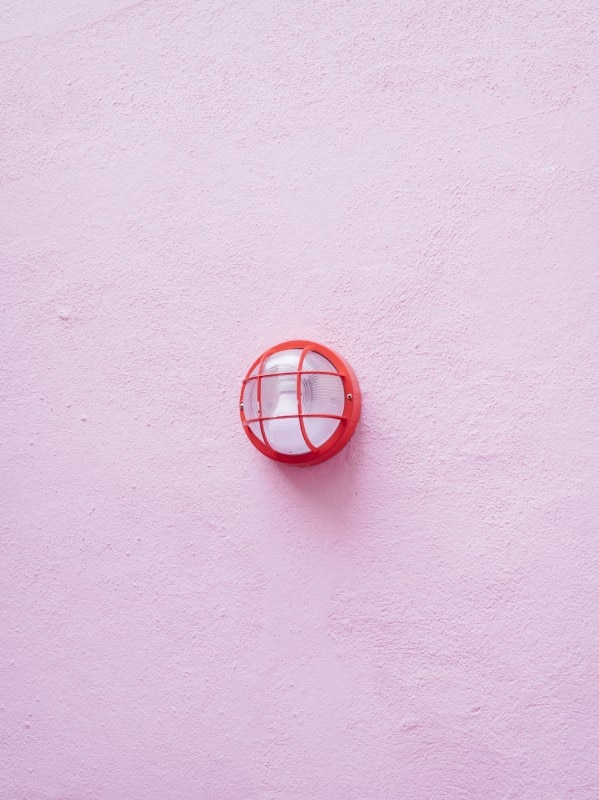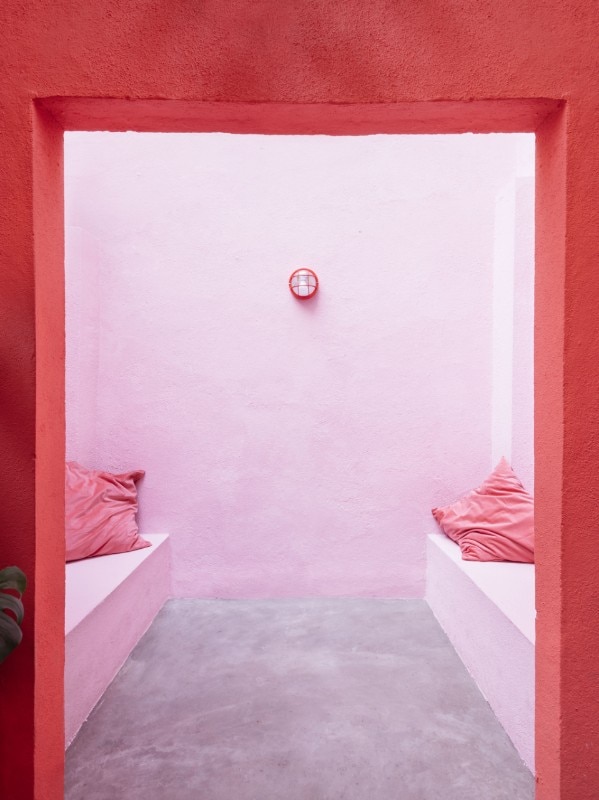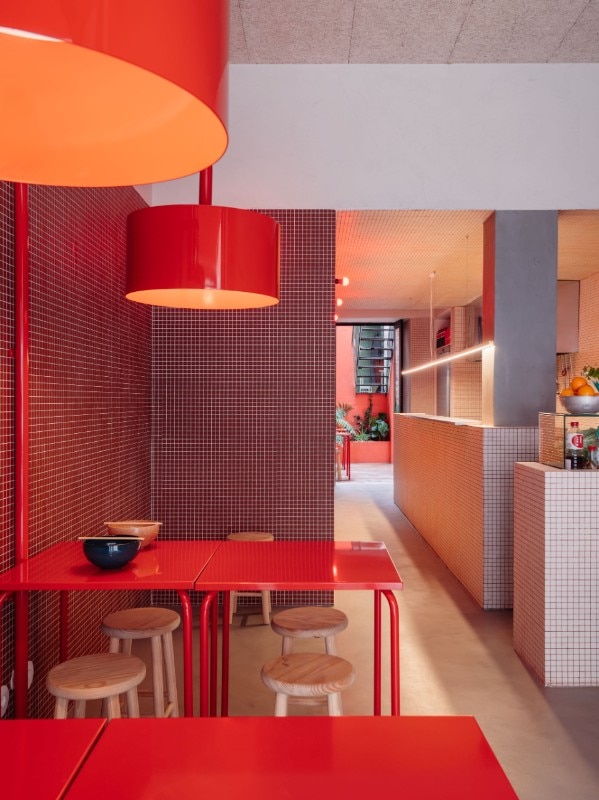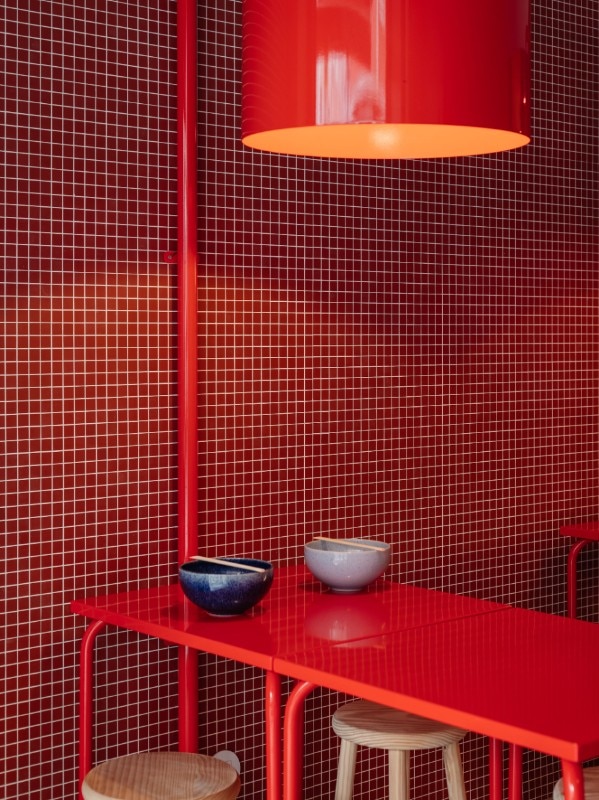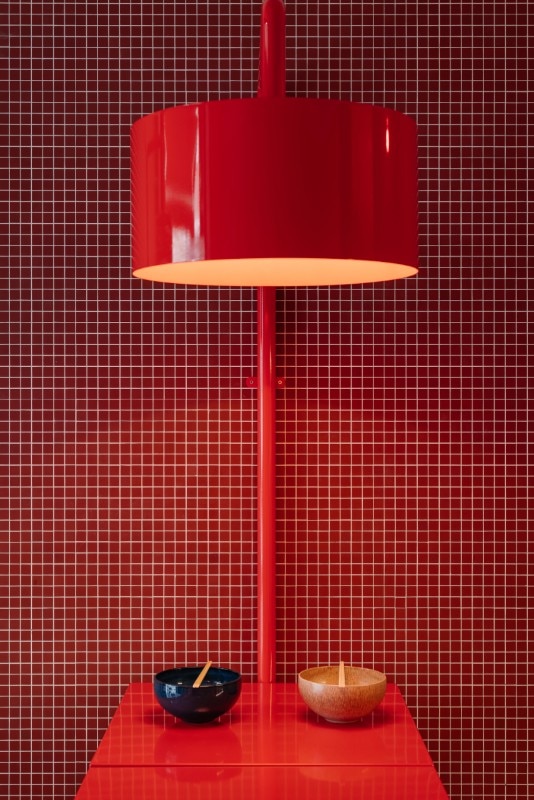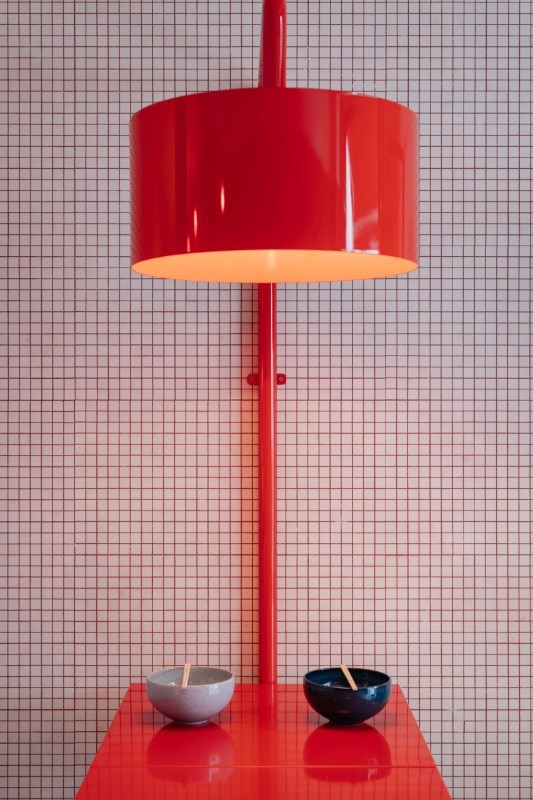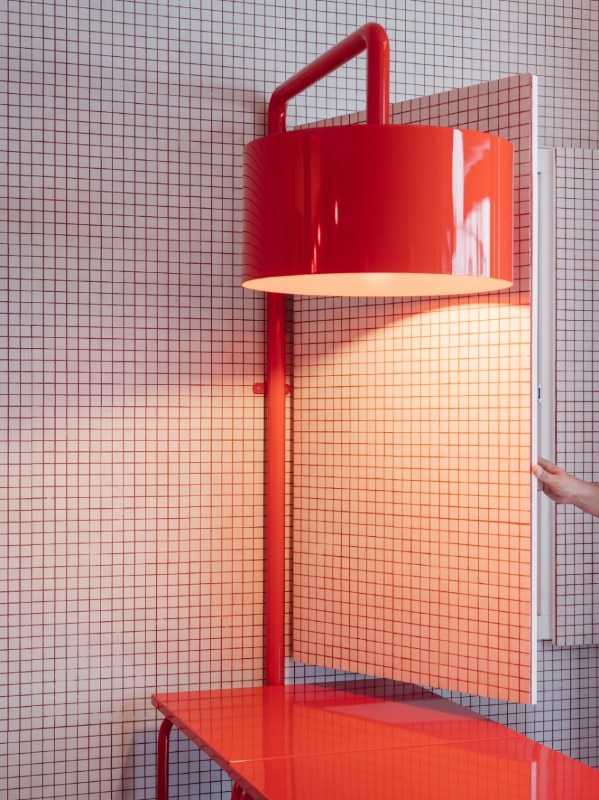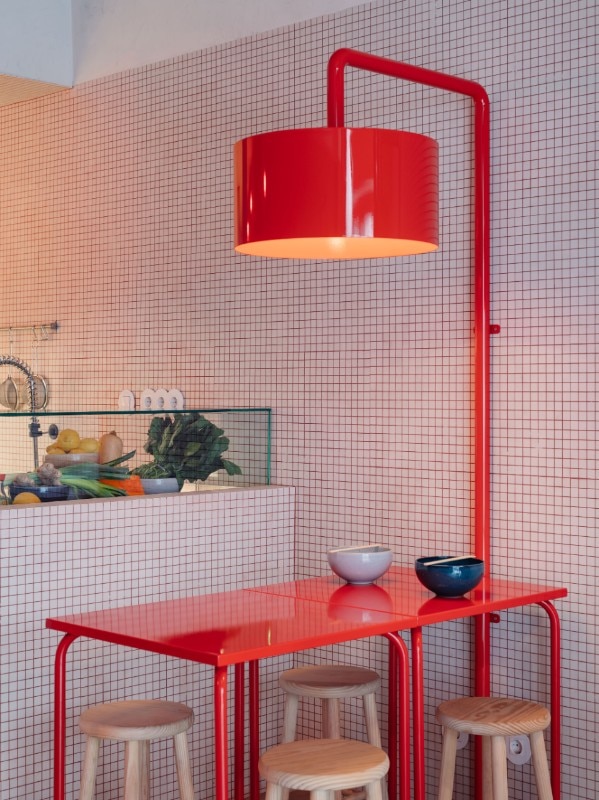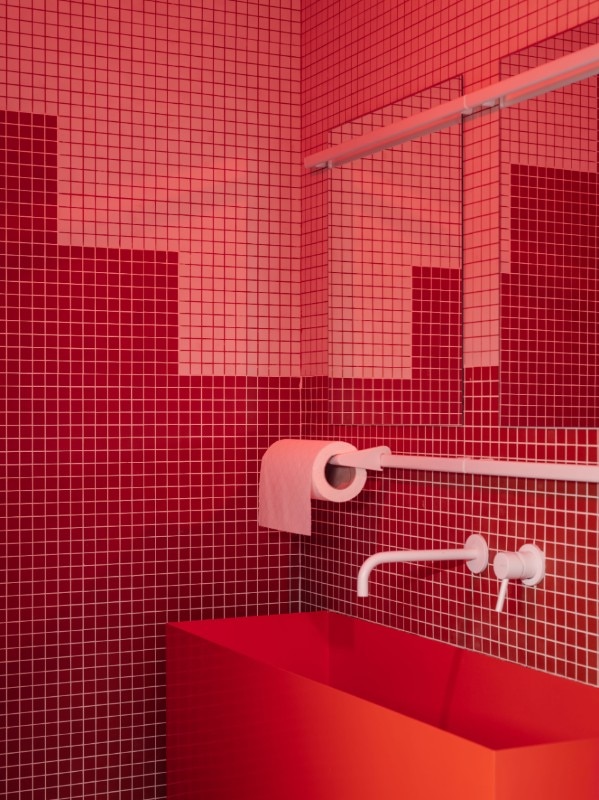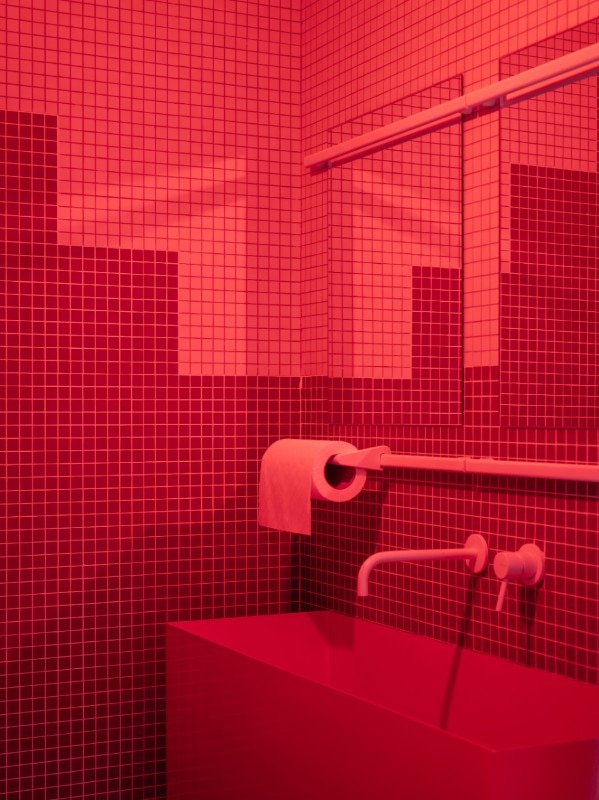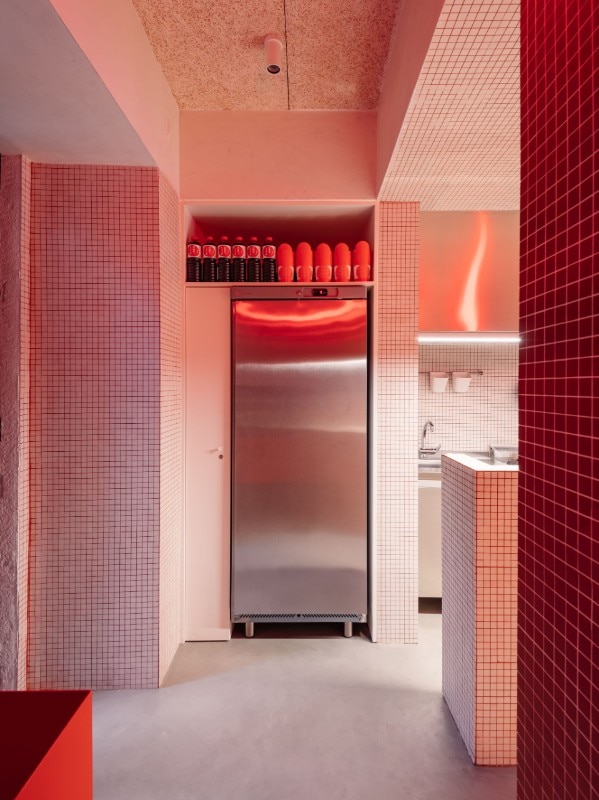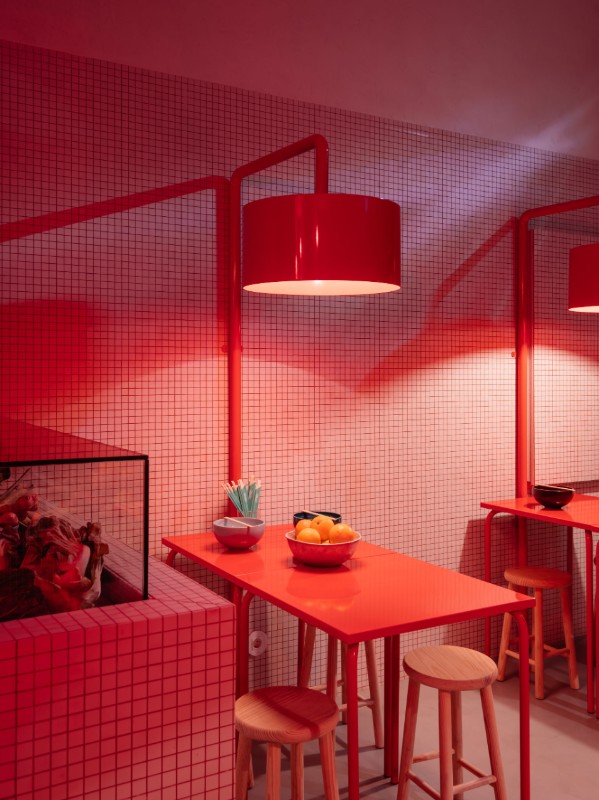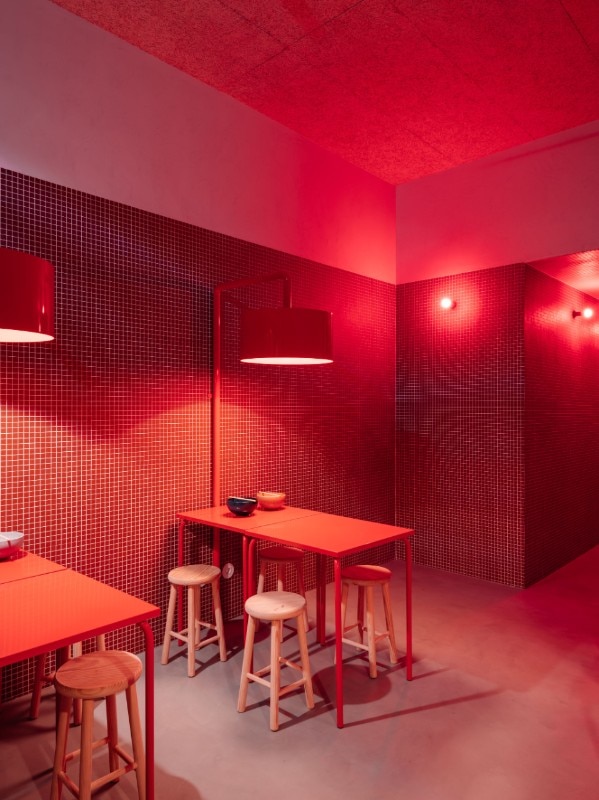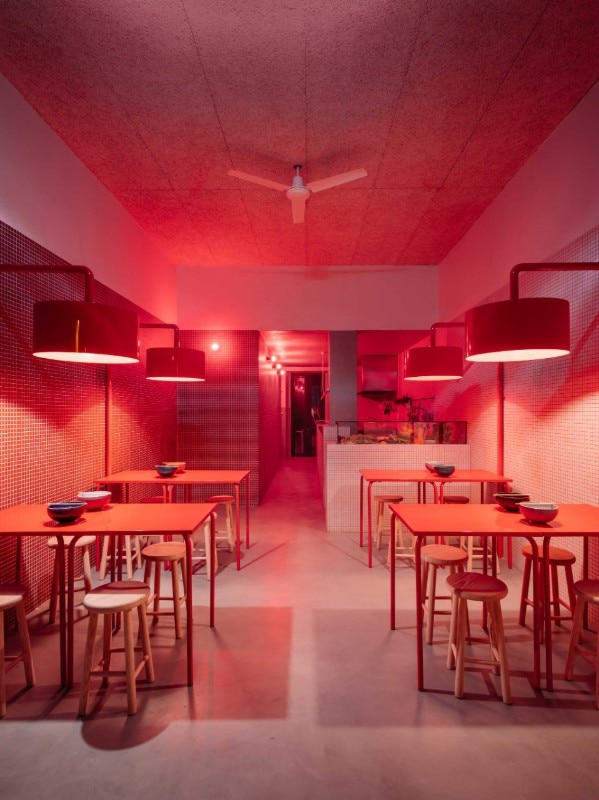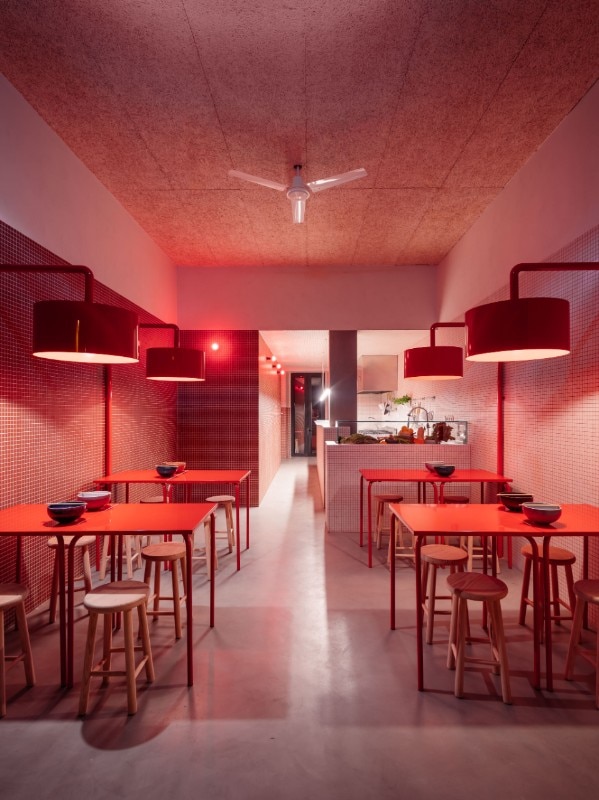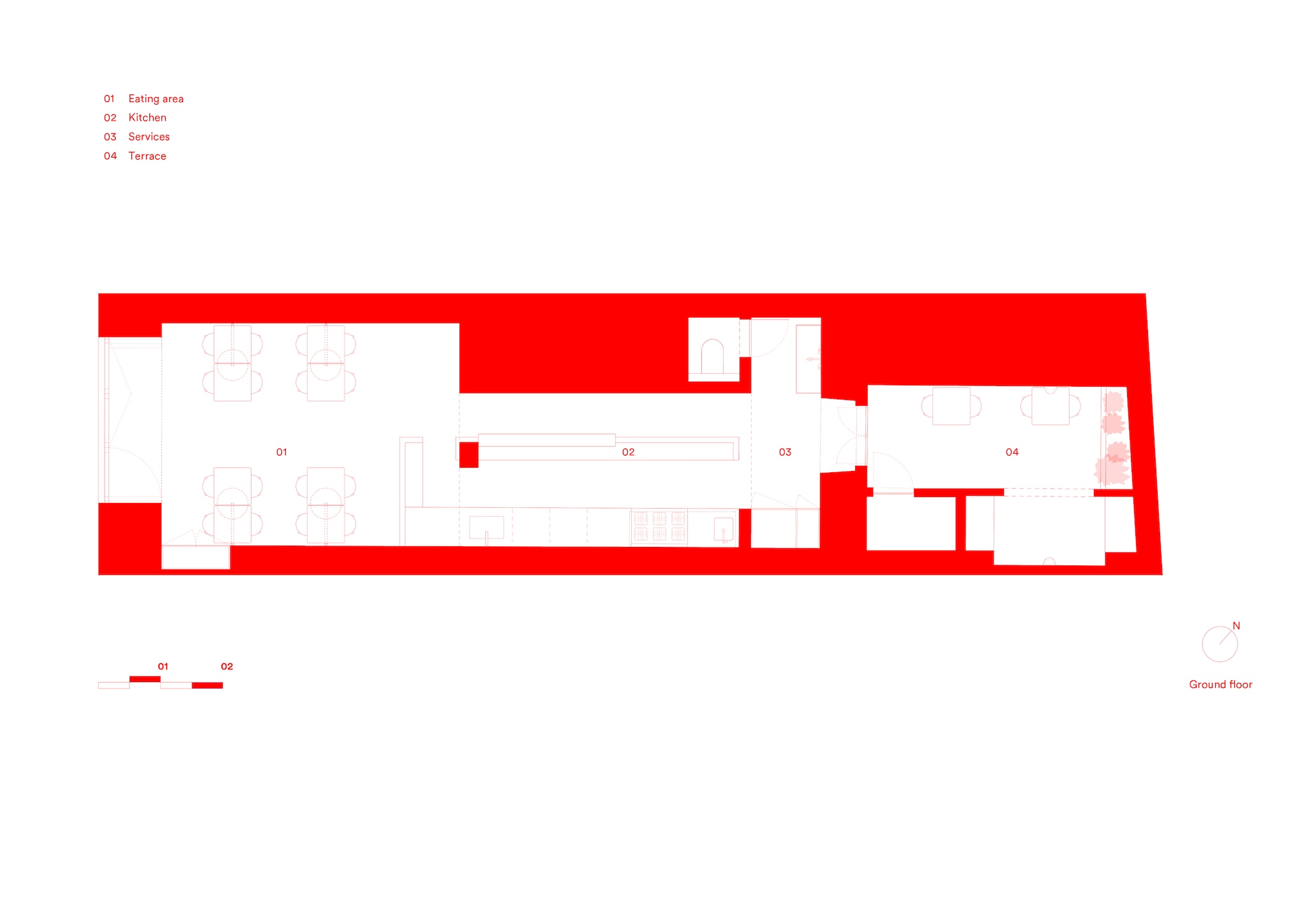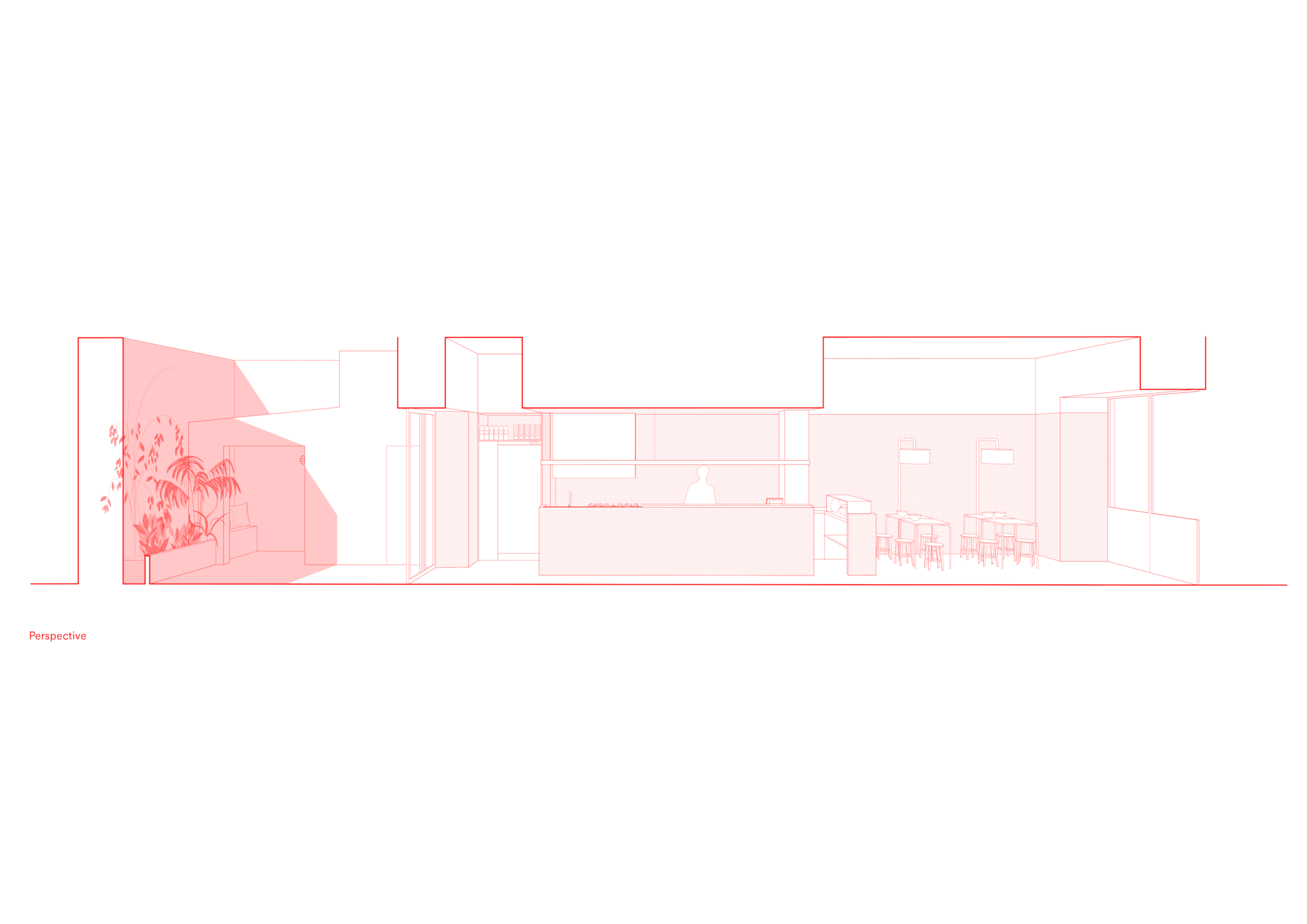As Europe’s westernmost capital, suspended between the continent and the Atlantic Ocean, Lisbon offers a rich and varied architectural palimpsest, from the dense historical fabric to redevelopment projects and new international landmarks. The most characteristic postcard of the city is undoubtedly that of its many alleys crossed by the typical yellow streetcar, but we propose here – through some projects published on domusweb – an unconventional route of the Portuguese capital, starting from the western coast of the Tiago river, to the heart of the capital.
Map of Lisbon including eight spots selected through articles published on domusweb
Embassy of Egypt
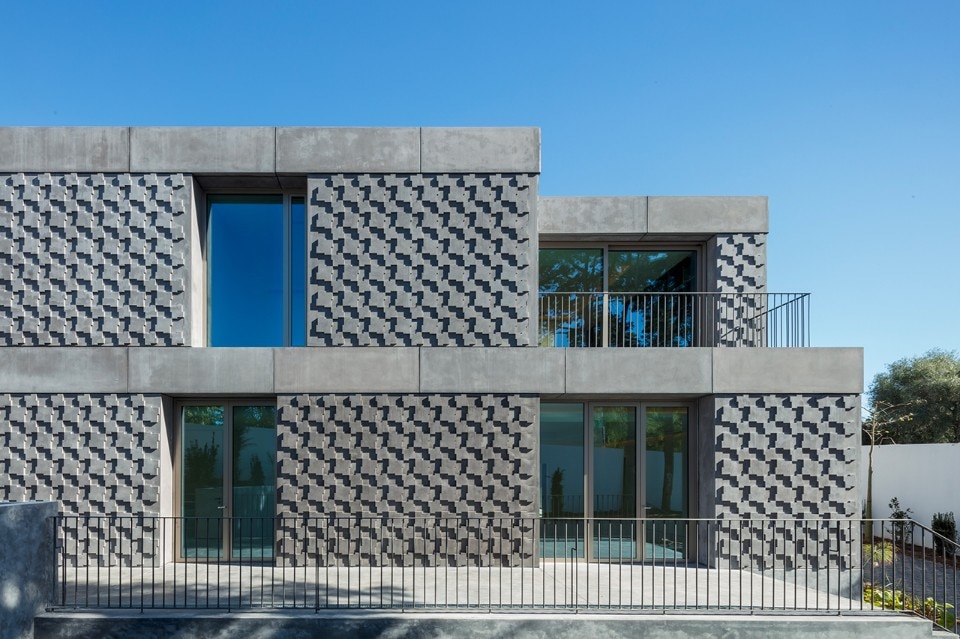
Starting from the Bèlem neighbourhood and the western coast of the Tagus, as the first stop, we find the new Embassy of Egypt, built in 2017 on the design of the Promontorio studio. A monolithic building represents the institution, with a facade characterized by precast concrete, coloured a dark anthracite grey, with geometric motifs in bas-relief. Volumetrically, the two floors are marked horizontally by a concrete slab, while on the upper floor, each corner is emptied to form terraces. The building features a central atrium crowned by a skylight that lets light filter through an Islamic weave that generates a kaleidoscopic light in the interior. Here an imposing staircase is detailed by a solid wood fence, a material that covers the walls, encompassing the entire space. Read full article here.
Espaço Espelho D’Água
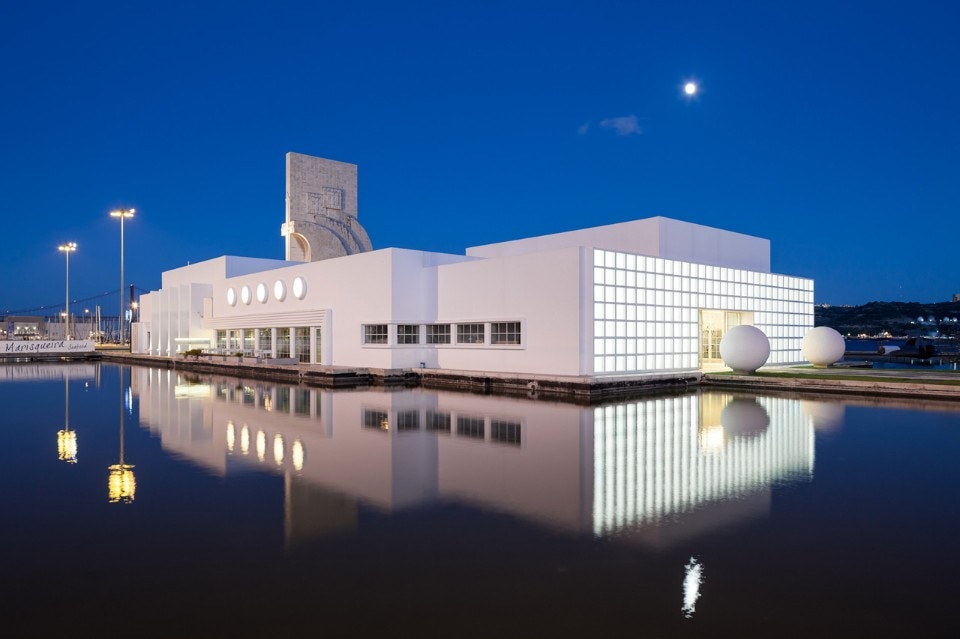
Continuing our walk along the shore, we come across the Espaço Espelho D'Água, a pavilion built in 1940 to serve as a restaurant hall during the Exposition of the Portuguese World, an event desired by the capital to mark the third centenary of Portugal’s independence. The architecture has then experienced over the course. Over the years, it has undergone several restorations, the last of which sought to restore the building to its original characteristics, removing intrusive additions. The subsequent installation of a cafeteria and restaurant on the ground floor led to the discovery of a mural by Sol Lewitt, which has been completely restored. The entrance to the structure, to the west, serves simultaneously as an art gallery and event space, while to the north, a relaxation area offers a view toward the Belém Cultural Center and the Jerónimos Monastery. Read full article here.
MAAT
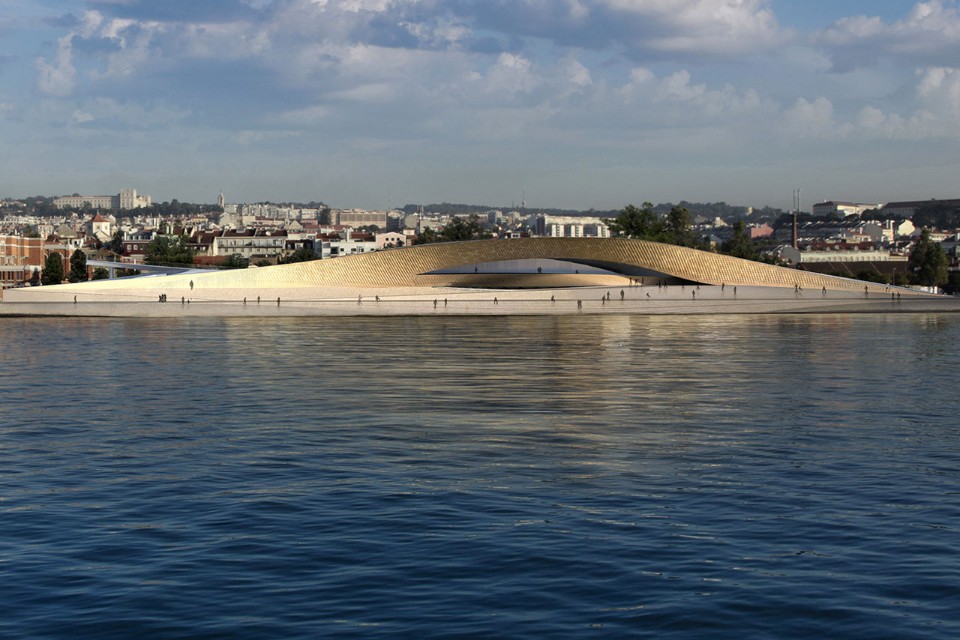
Not far from Espaço Espelho D'Água, continuing along Avenida da Índia, you will come across MAAT, the new Museum of Art, Architecture and Technology. The project by architect Amanda Levete proposes a new relationship between the river and the environment. Part of the EDP Foundation’s master plan, a campus for the arts that includes the reuse of the Tejo power plant, the Kunsthalle is a sculptural object whose central design theme is permeability, allowing visitors to walk above, below, and through the building, which has a delicate arch shape. The roof is thus transformed into a promenade, physically and conceptually connecting the river with the city’s heart. As a testament to Portugal’s rich tradition of craftsmanship, the elevation is embellished with nearly 15,000 three-dimensional glazed tiles, creating a dialogue with water, light and shadow. Read full article here.
Casa Altinho
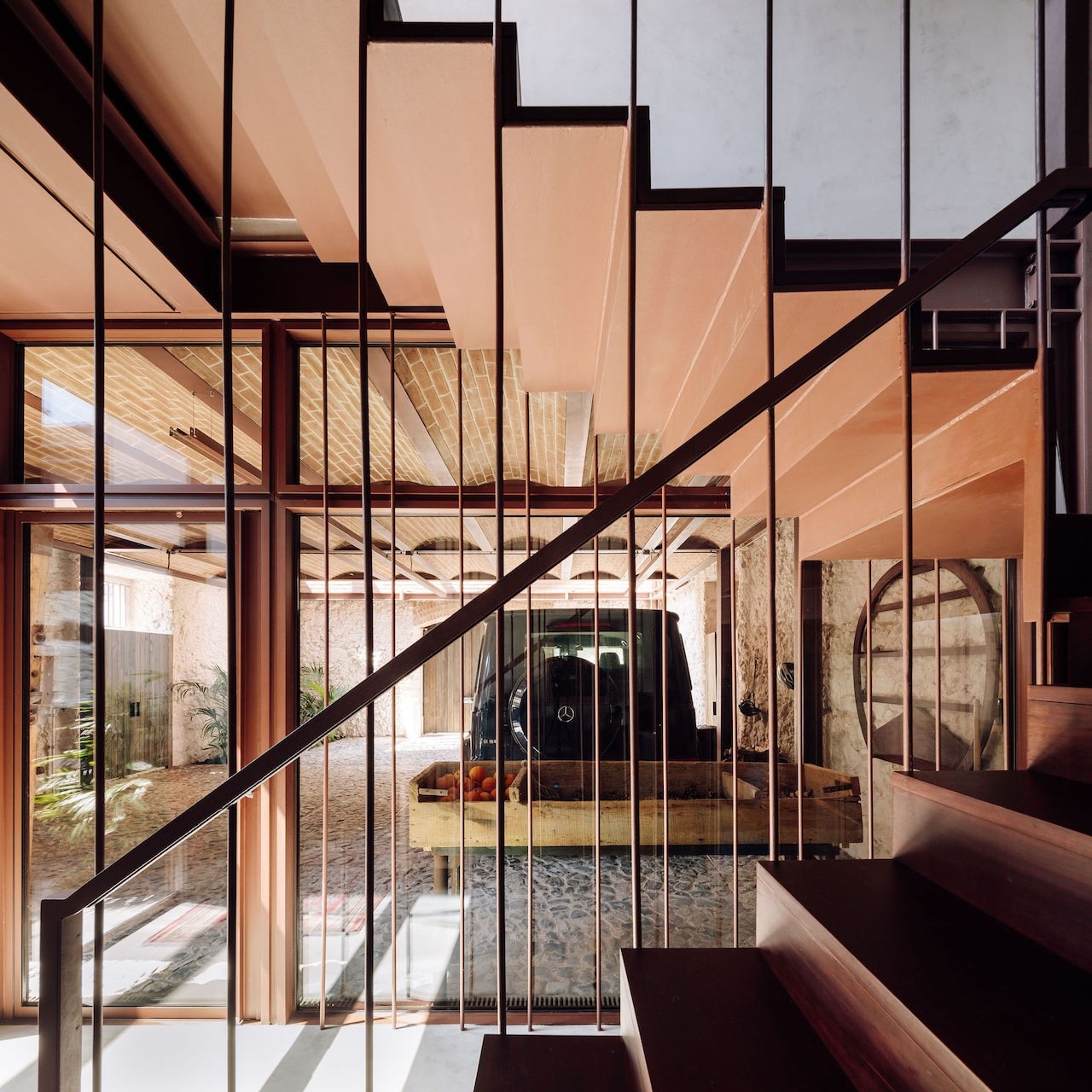
 View gallery
View gallery
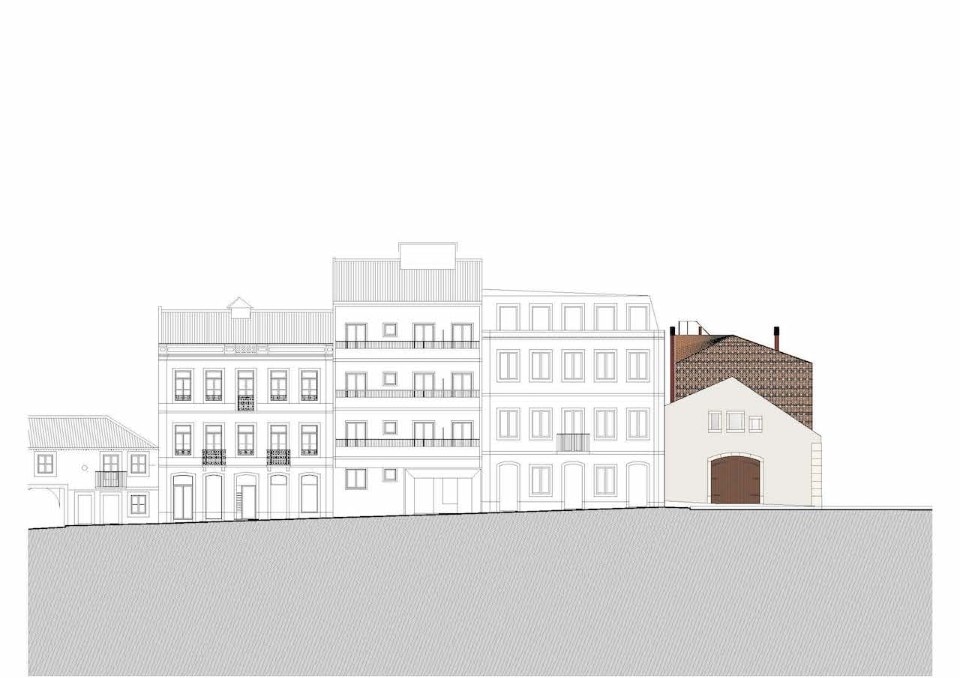
António Costa Lima Arquitectos, Casa Altinho, Lisbon, 2018
Elevation
Photo Francisco Nogueira
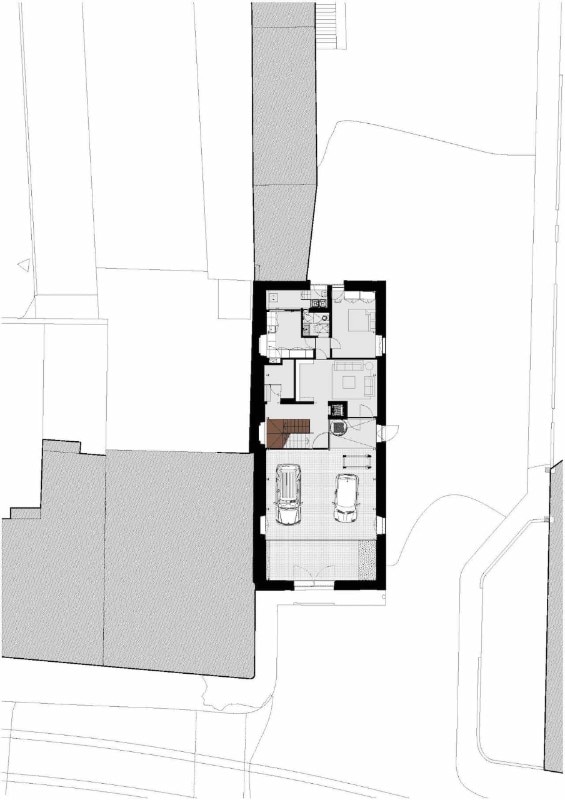
António Costa Lima Arquitectos, Casa Altinho, Lisbon, 2018
Ground floor plan
Photo Francisco Nogueira
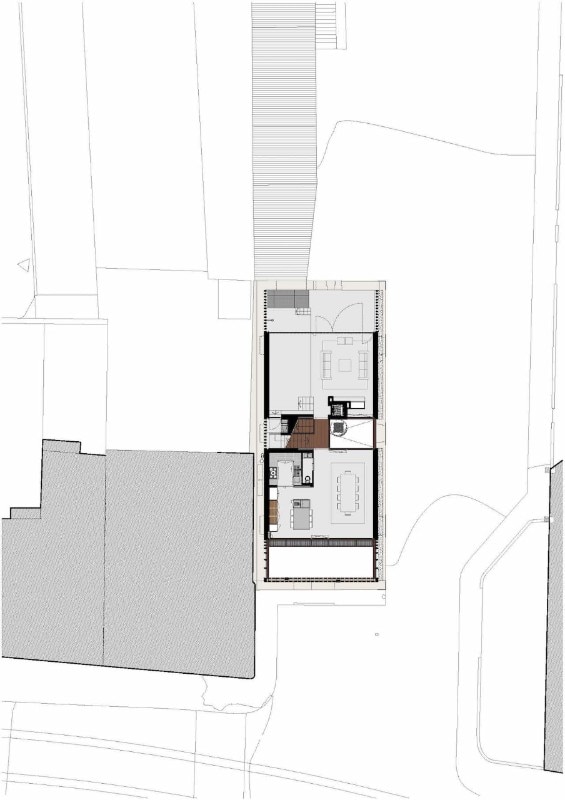
António Costa Lima Arquitectos, Casa Altinho, Lisbon, 2018
First floor plan
Photo Francisco Nogueira
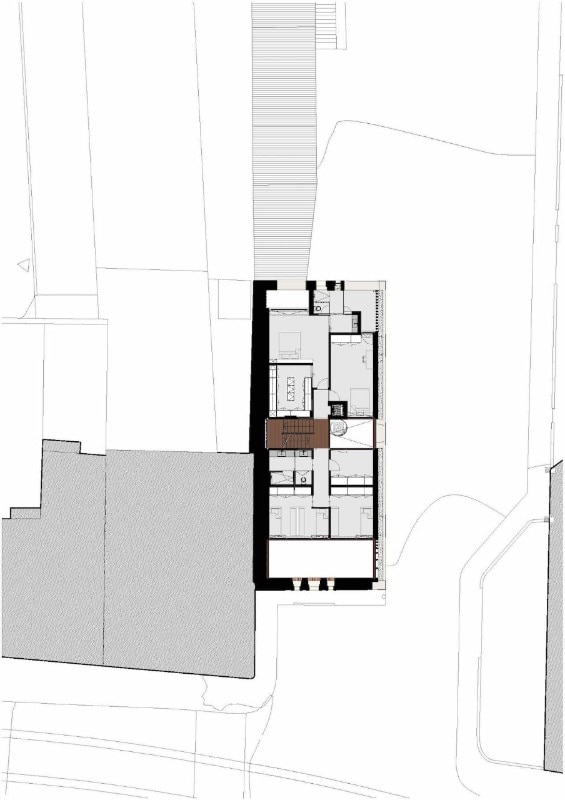
António Costa Lima Arquitectos, Casa Altinho, Lisbon, 2018
Second floor plan
Photo Francisco Nogueira
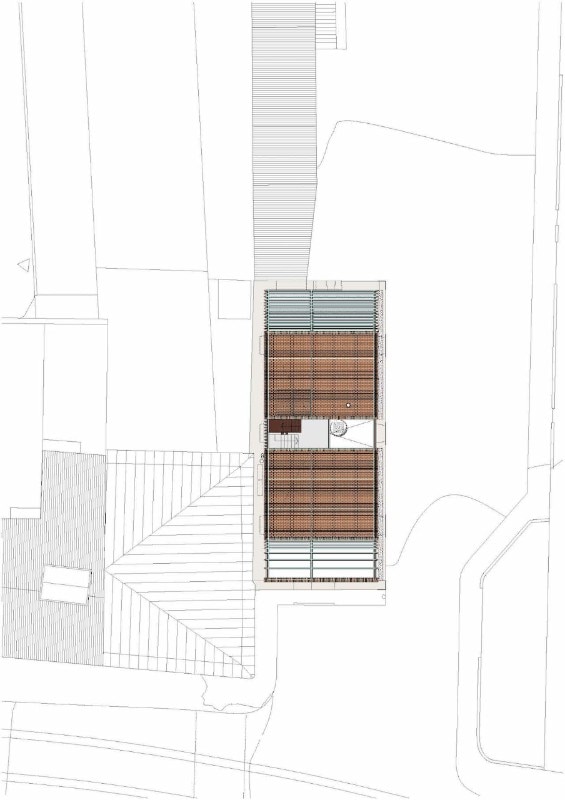
António Costa Lima Arquitectos, Casa Altinho, Lisbon, 2018
Roof plan
Photo Francisco Nogueira
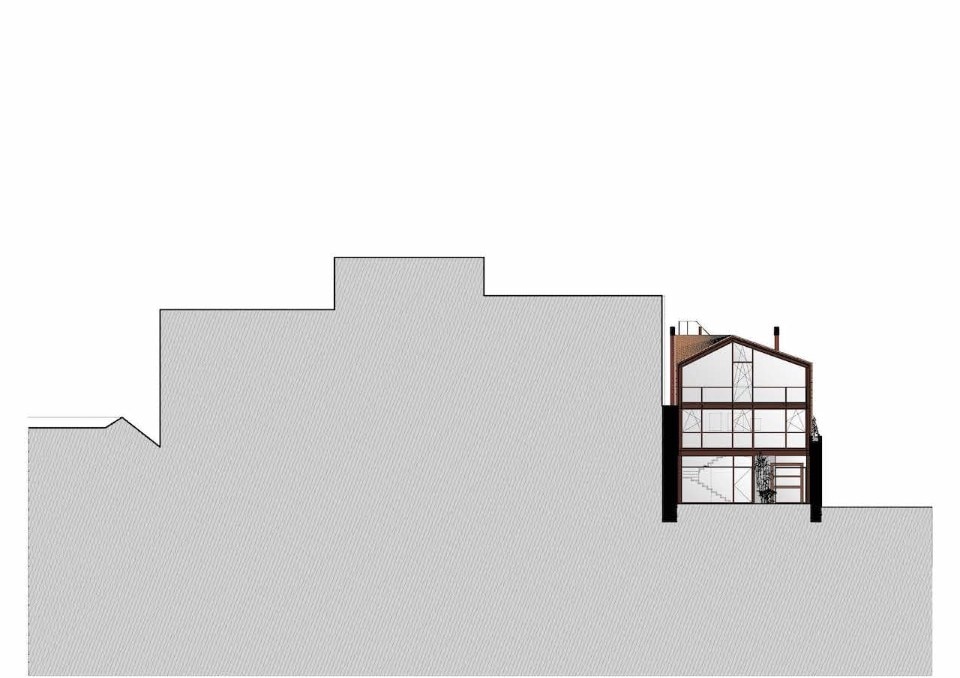
António Costa Lima Arquitectos, Casa Altinho, Lisbon, 2018
Section
Photo Francisco Nogueira
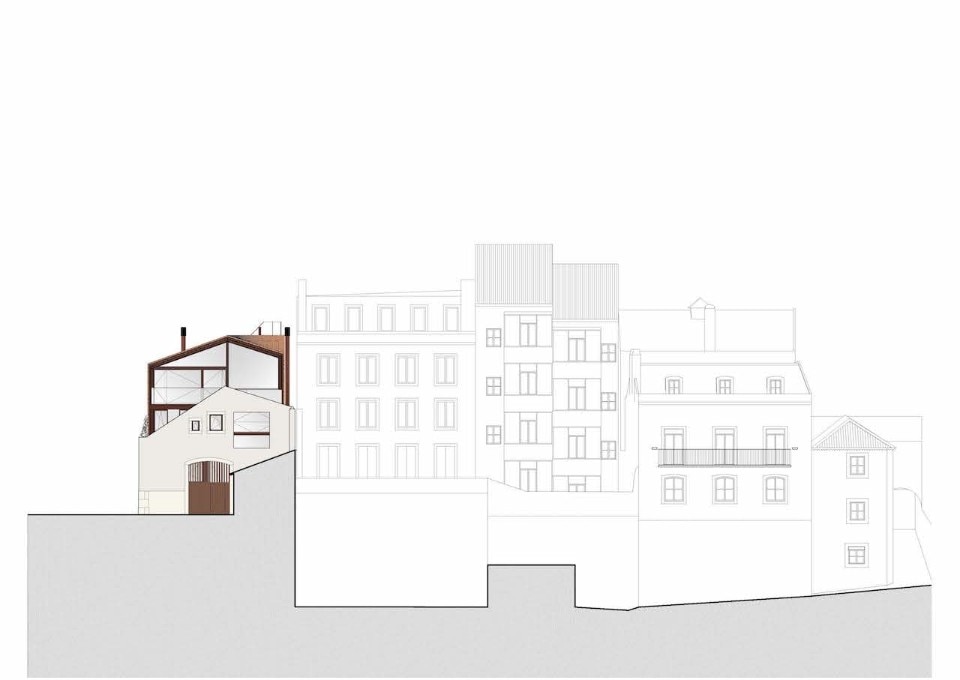
António Costa Lima Arquitectos, Casa Altinho, Lisbon, 2018
Elevation
Photo Francisco Nogueira
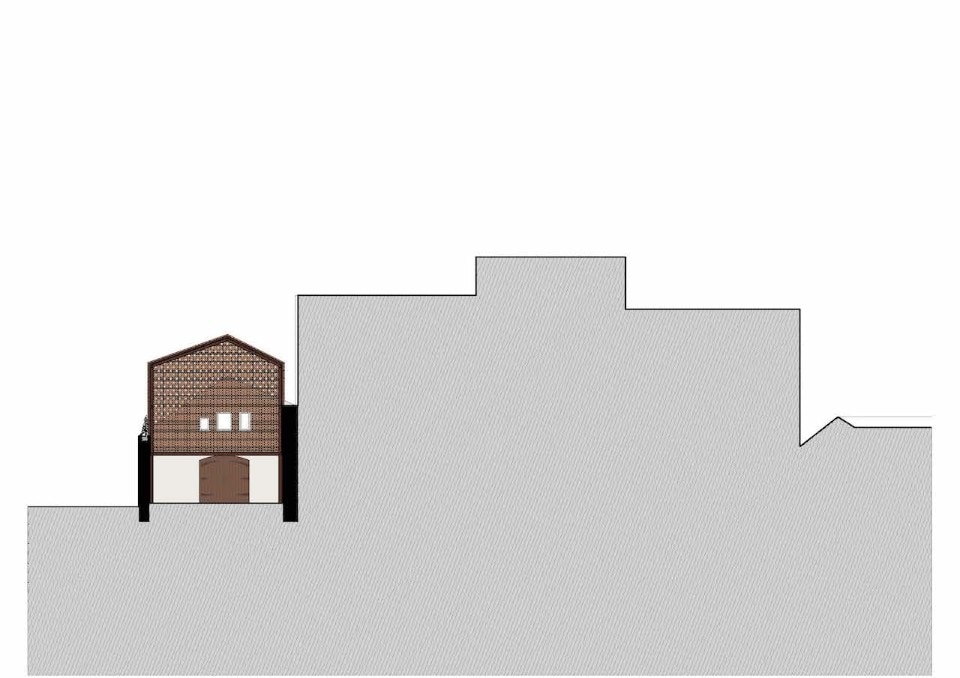
António Costa Lima Arquitectos, Casa Altinho, Lisbon, 2018
Elevation
Photo Francisco Nogueira
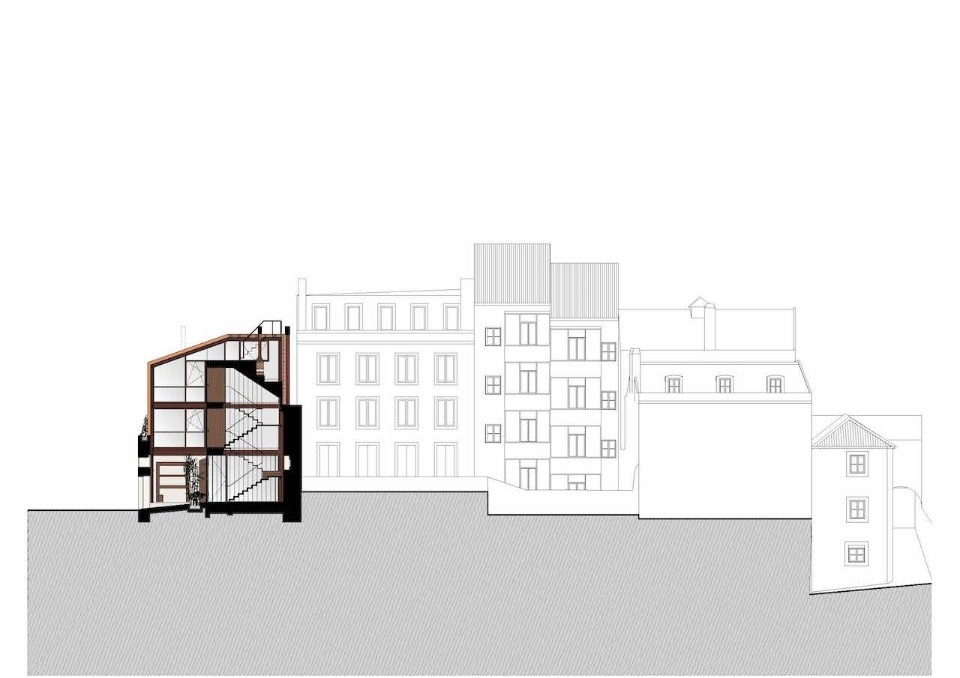
António Costa Lima Arquitectos, Casa Altinho, Lisbon, 2018
Section
Photo Francisco Nogueira
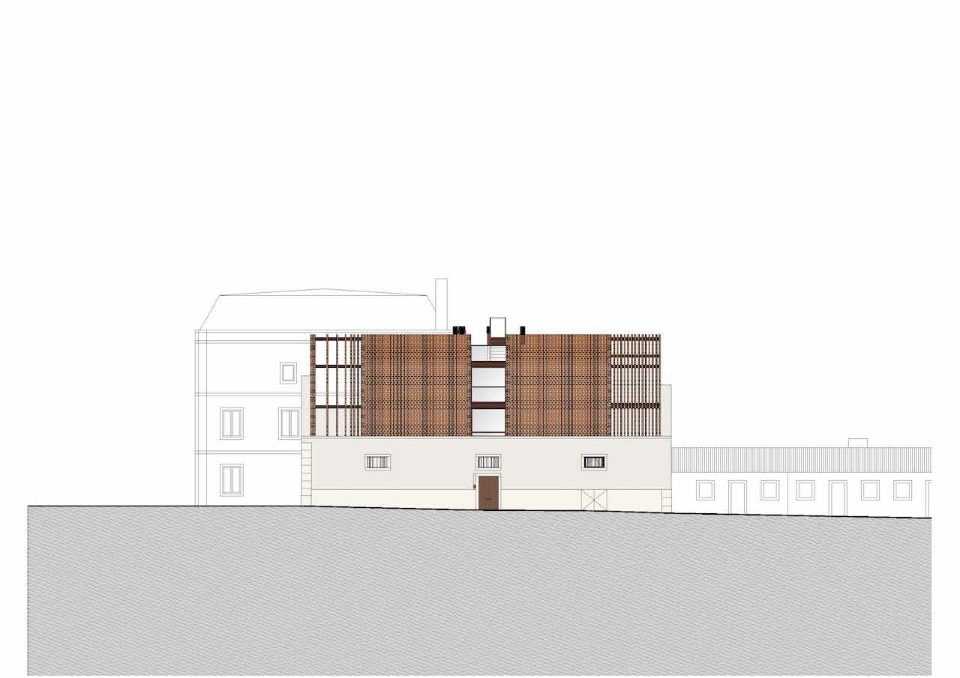
António Costa Lima Arquitectos, Casa Altinho, Lisbon, 2018
Elevation
Photo Francisco Nogueira
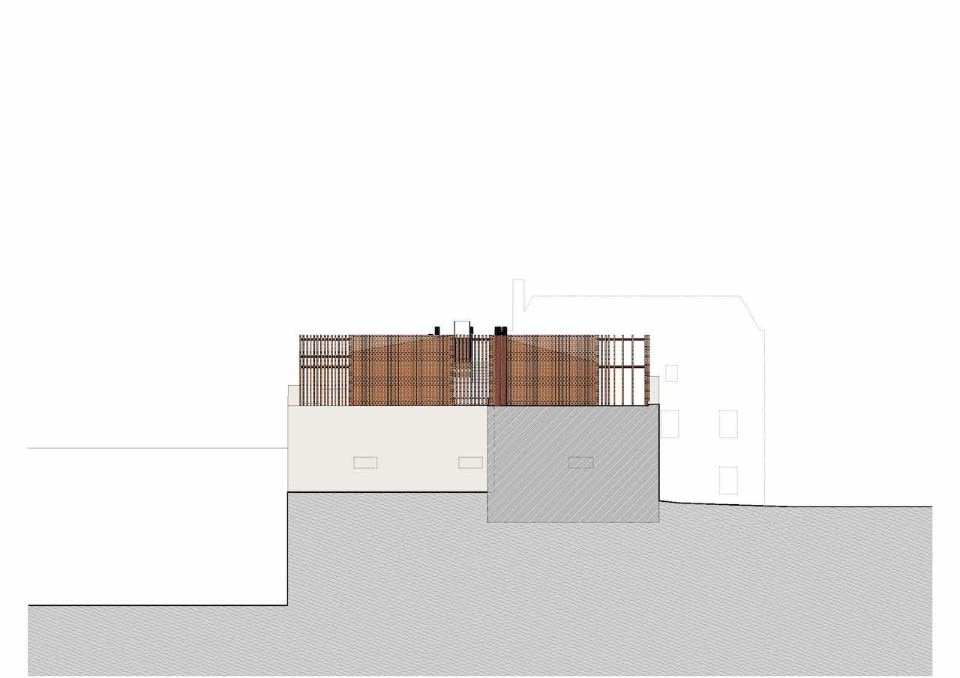
António Costa Lima Arquitectos, Casa Altinho, Lisbon, 2018
Elevation
Photo Francisco Nogueira
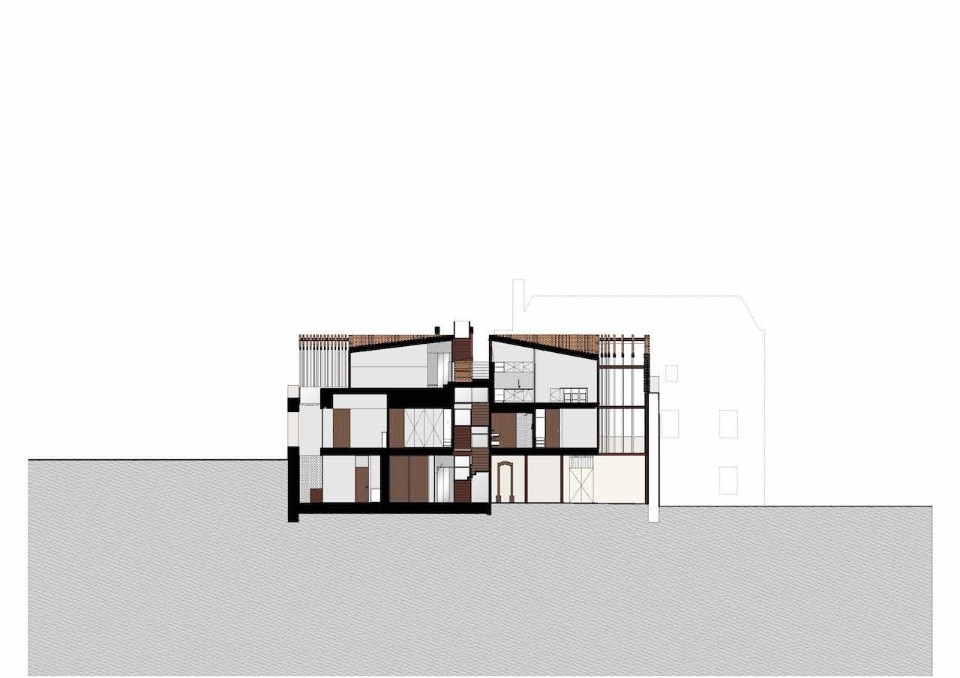
António Costa Lima Arquitectos, Casa Altinho, Lisbon, 2018
Section
Photo Francisco Nogueira
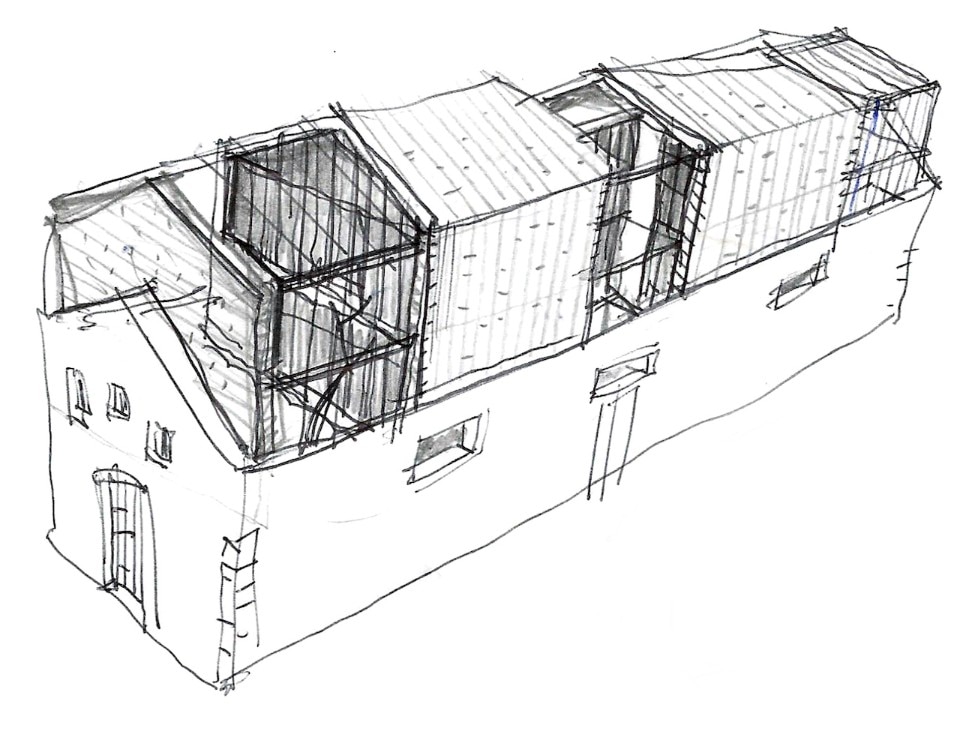
António Costa Lima Arquitectos, Casa Altinho, Lisbon, 2018
Sketch
Photo Francisco Nogueira

António Costa Lima Arquitectos, Casa Altinho, Lisbon, 2018
Full and voids diagram
Photo Francisco Nogueira

António Costa Lima Arquitectos, Casa Altinho, Lisbon, 2018
Elevation
Photo Francisco Nogueira

António Costa Lima Arquitectos, Casa Altinho, Lisbon, 2018
Ground floor plan
Photo Francisco Nogueira

António Costa Lima Arquitectos, Casa Altinho, Lisbon, 2018
First floor plan
Photo Francisco Nogueira

António Costa Lima Arquitectos, Casa Altinho, Lisbon, 2018
Second floor plan
Photo Francisco Nogueira

António Costa Lima Arquitectos, Casa Altinho, Lisbon, 2018
Roof plan
Photo Francisco Nogueira

António Costa Lima Arquitectos, Casa Altinho, Lisbon, 2018
Section
Photo Francisco Nogueira

António Costa Lima Arquitectos, Casa Altinho, Lisbon, 2018
Elevation
Photo Francisco Nogueira

António Costa Lima Arquitectos, Casa Altinho, Lisbon, 2018
Elevation
Photo Francisco Nogueira

António Costa Lima Arquitectos, Casa Altinho, Lisbon, 2018
Section
Photo Francisco Nogueira

António Costa Lima Arquitectos, Casa Altinho, Lisbon, 2018
Elevation
Photo Francisco Nogueira

António Costa Lima Arquitectos, Casa Altinho, Lisbon, 2018
Elevation
Photo Francisco Nogueira

António Costa Lima Arquitectos, Casa Altinho, Lisbon, 2018
Section
Photo Francisco Nogueira

António Costa Lima Arquitectos, Casa Altinho, Lisbon, 2018
Sketch
Photo Francisco Nogueira

António Costa Lima Arquitectos, Casa Altinho, Lisbon, 2018
Full and voids diagram
Photo Francisco Nogueira
A few steps away, on the parallel Rua da Junqueira 271, we notice an atypical renovation intervention by António Costa Lima Arquitectos studio. From an old masonry warehouse, Casa Altinho makes explicit the strong relationship between old and new through the volumetry, where the new construction is literally extruded from the ancient walls of the original warehouse. This is followed by a focus on texture and material, with the limestone finish of the original volume in stark contrast to the bricks used for the extension, which dematerialize in perimeter jealousy. It then adds up to perspective bounces between floors, overlooking the surrounding landscape, the interplay of solids and voids with triple heights, patios and even a rope net to dangle on. Read full article here.
Accessible path to the Basilica da Estrela
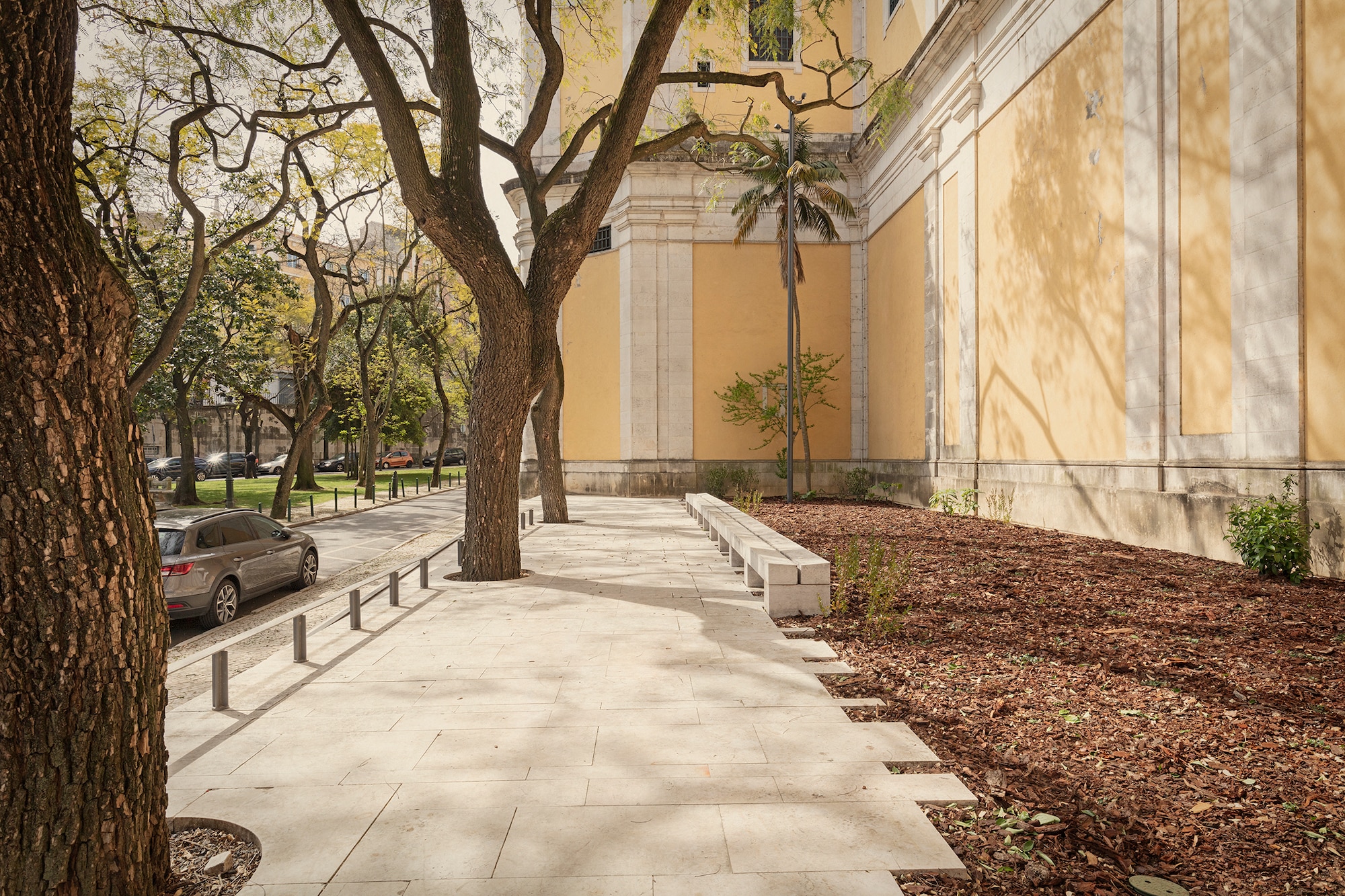
 View gallery
View gallery
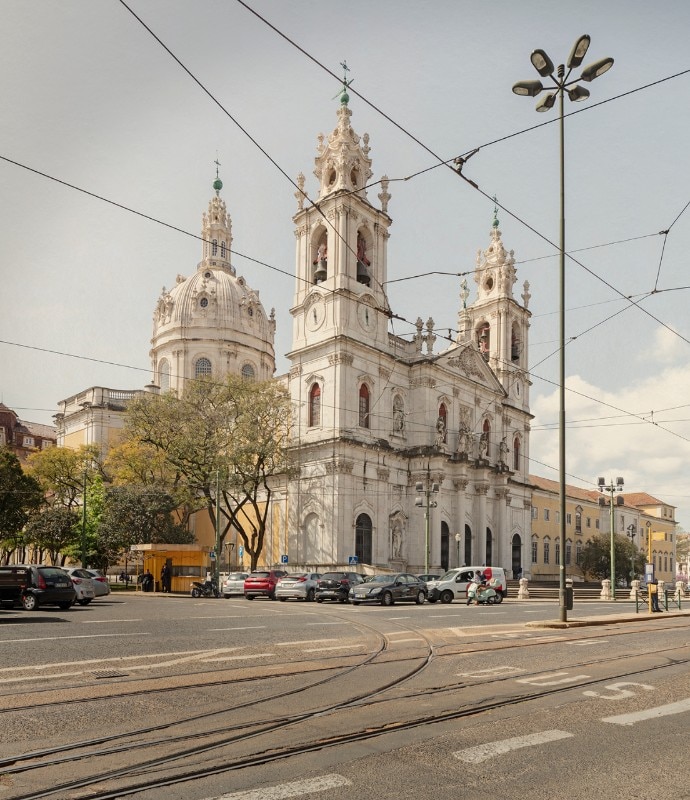
Domitianus Arquitetura, Accessible path to the Basilica da Estrela, Lisbona, Portogallo, 2020
Photo Inês d’Orey
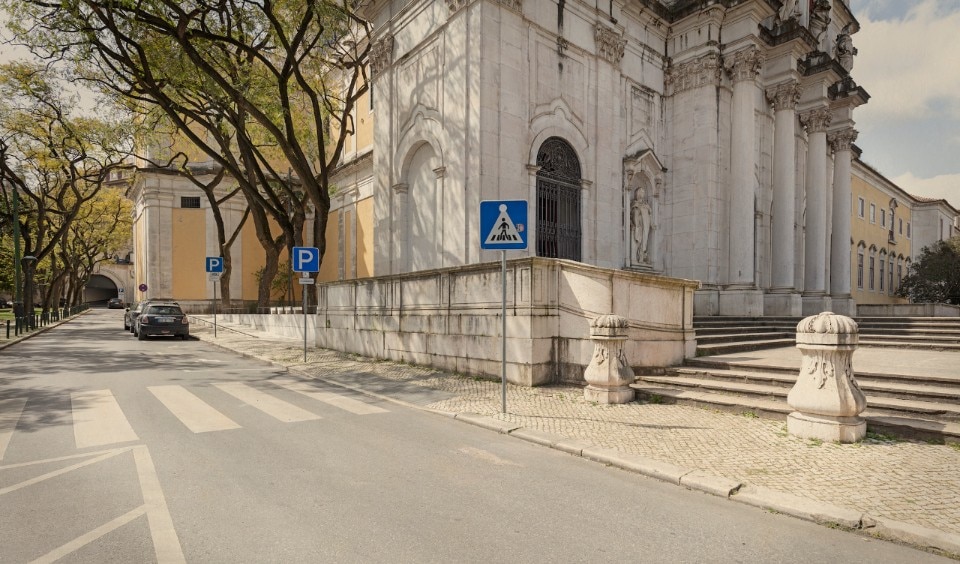
Domitianus Arquitetura, Accessible path to the Basilica da Estrela, Lisbona, Portogallo, 2020
Photo Inês d’Orey
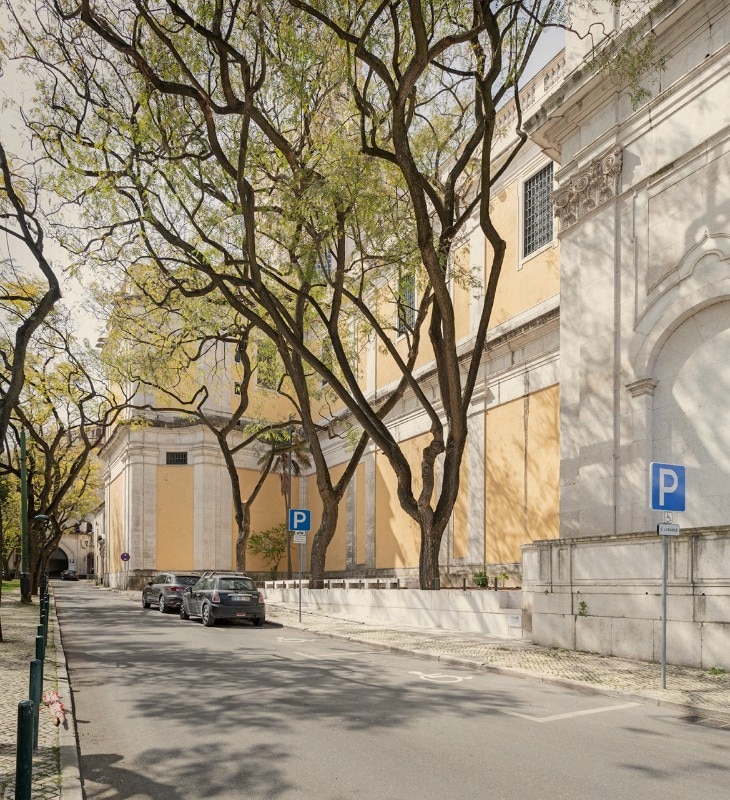
Domitianus Arquitetura, Accessible path to the Basilica da Estrela, Lisbona, Portogallo, 2020
Photo Inês d’Orey
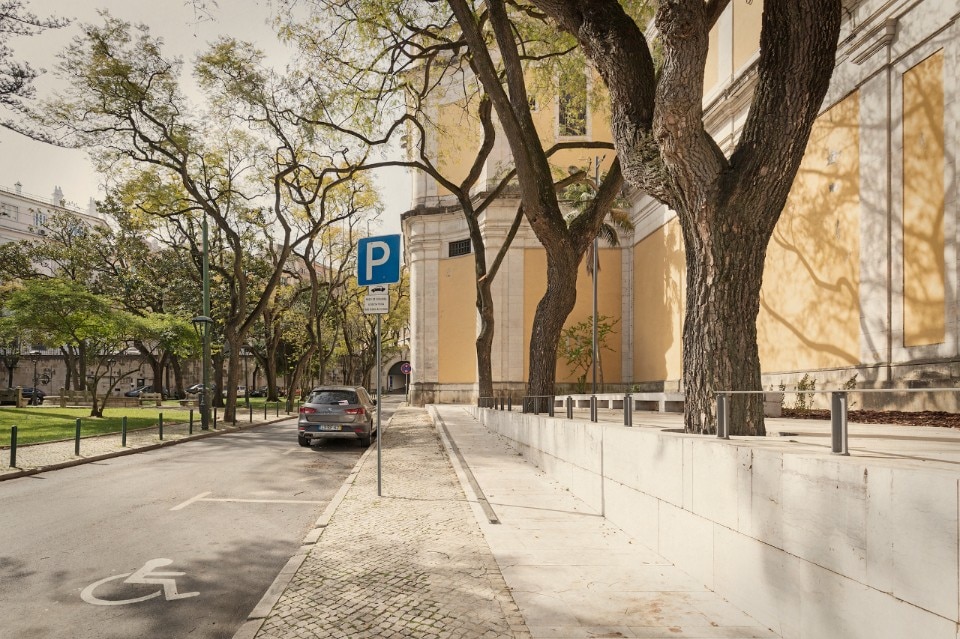
Domitianus Arquitetura, Accessible path to the Basilica da Estrela, Lisbona, Portogallo, 2020
Photo Inês d’Orey
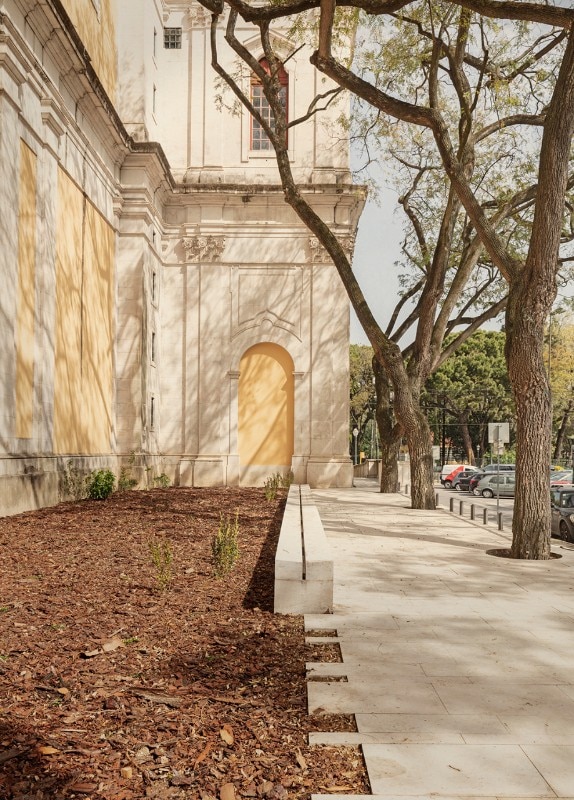
Domitianus Arquitetura, Accessible path to the Basilica da Estrela, Lisbona, Portogallo, 2020
Photo Inês d’Orey
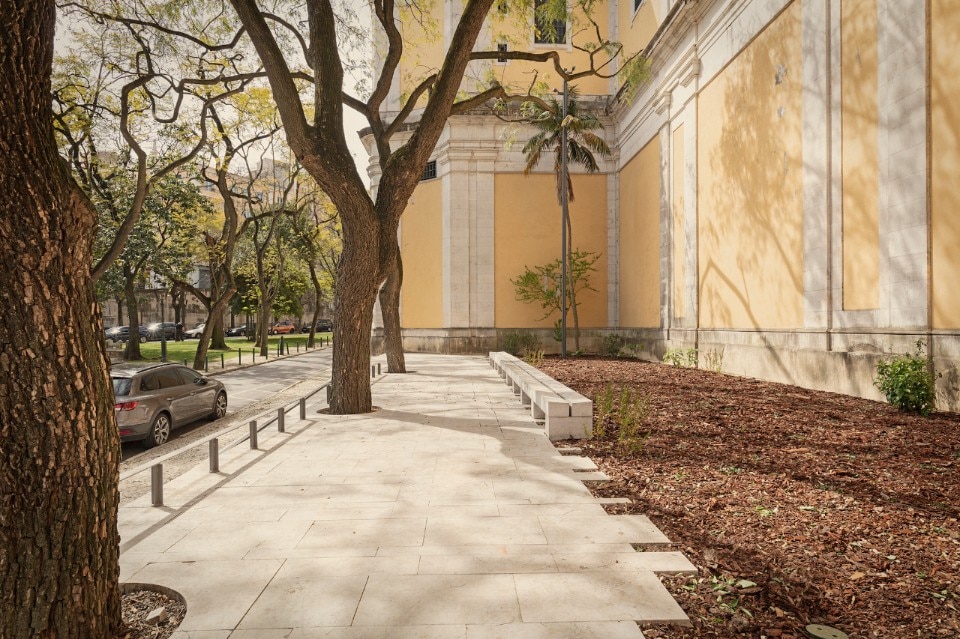
Domitianus Arquitetura, Accessible path to the Basilica da Estrela, Lisbona, Portogallo, 2020
Photo Inês d’Orey

Domitianus Arquitetura, Accessible path to the Basilica da Estrela, Lisbona, Portogallo, 2020
Photo Inês d’Orey
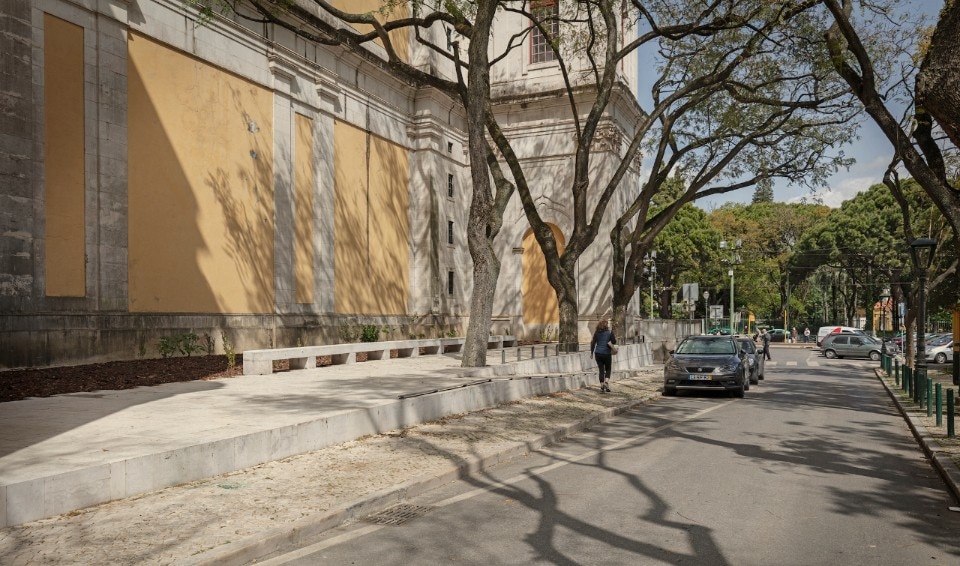
Domitianus Arquitetura, Accessible path to the Basilica da Estrela, Lisbona, Portogallo, 2020
Photo Inês d’Orey
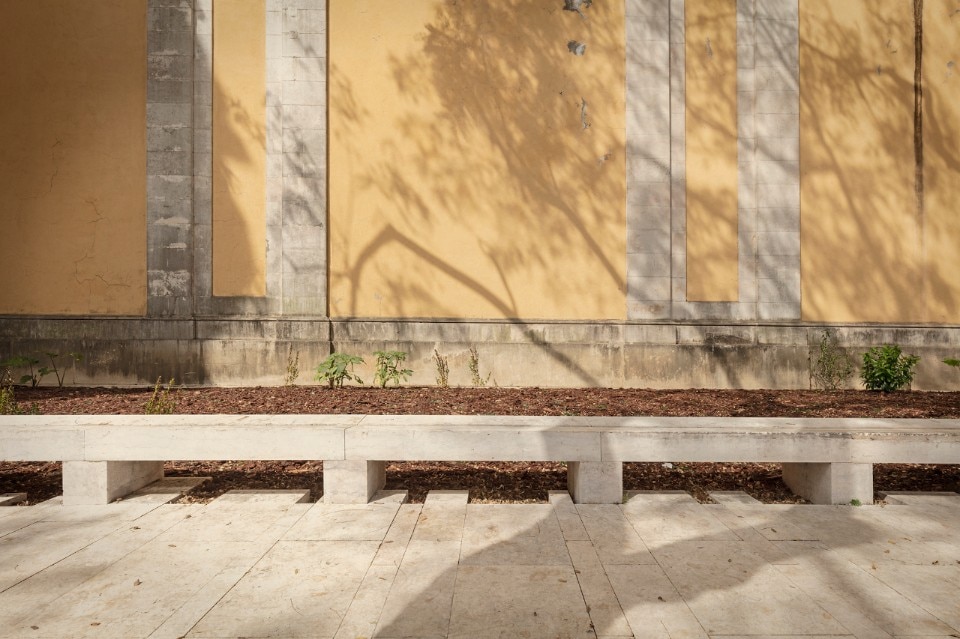
Domitianus Arquitetura, Accessible path to the Basilica da Estrela, Lisbona, Portogallo, 2020
Photo Inês d’Orey
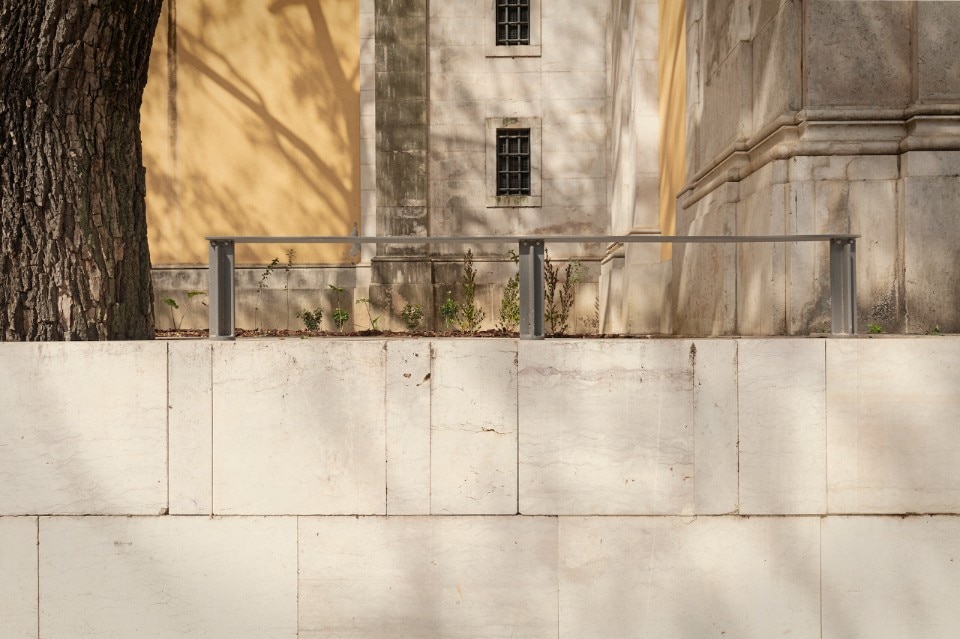
Domitianus Arquitetura, Accessible path to the Basilica da Estrela, Lisbona, Portogallo, 2020
Photo Inês d’Orey
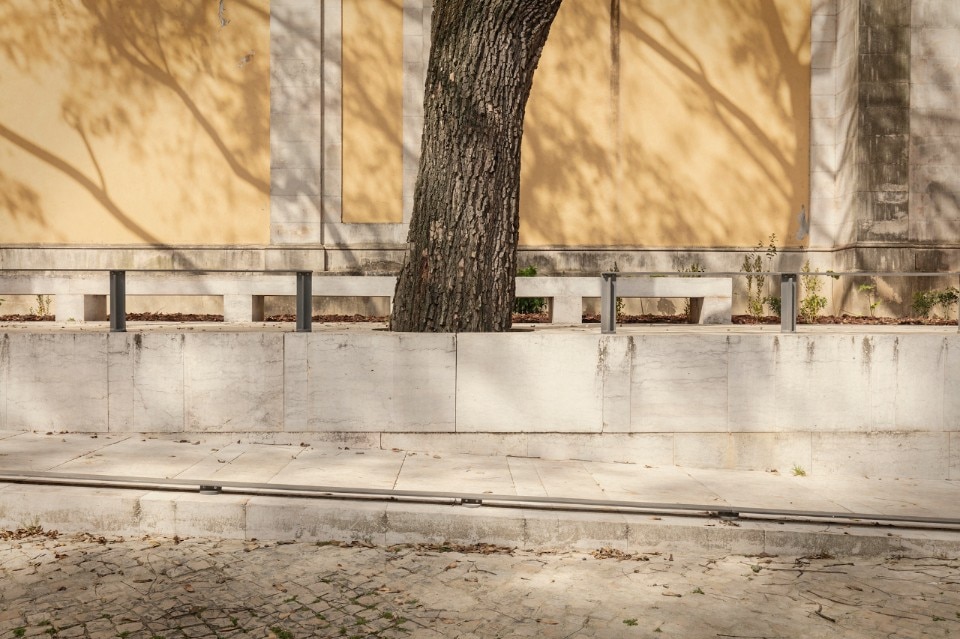
Domitianus Arquitetura, Accessible path to the Basilica da Estrela, Lisbona, Portogallo, 2020
Photo Inês d’Orey
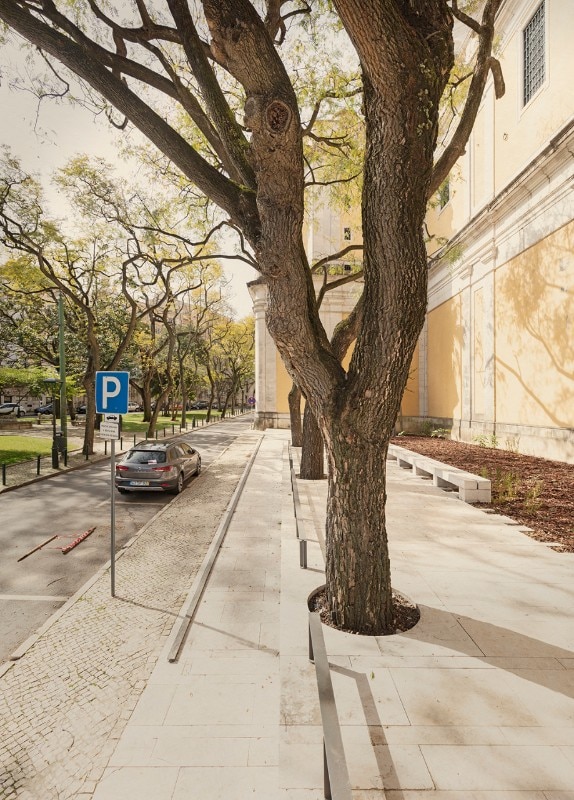
Domitianus Arquitetura, Accessible path to the Basilica da Estrela, Lisbona, Portogallo, 2020
Photo Inês d’Orey
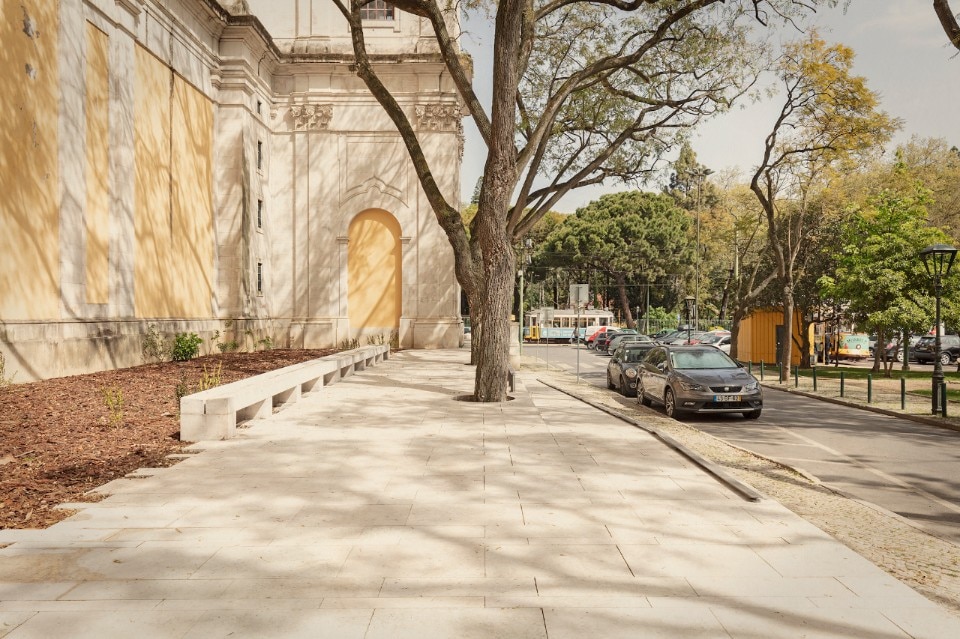
Domitianus Arquitetura, Accessible path to the Basilica da Estrela, Lisbona, Portogallo, 2020
Photo Inês d’Orey
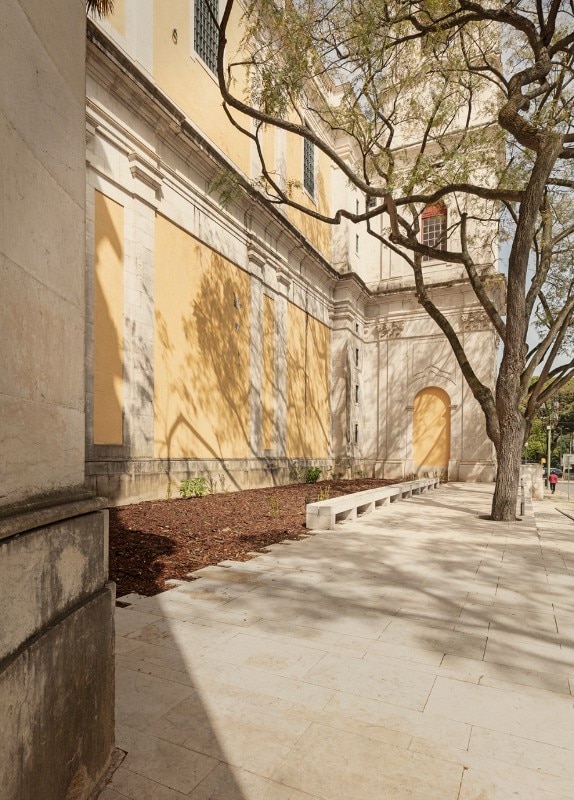
Domitianus Arquitetura, Accessible path to the Basilica da Estrela, Lisbona, Portogallo, 2020
Photo Inês d’Orey
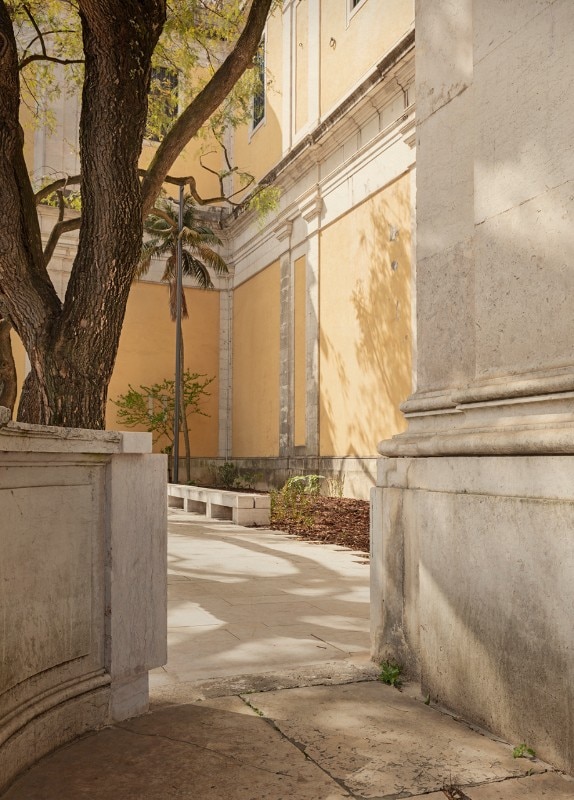
Domitianus Arquitetura, Accessible path to the Basilica da Estrela, Lisbona, Portogallo, 2020
Photo Inês d’Orey
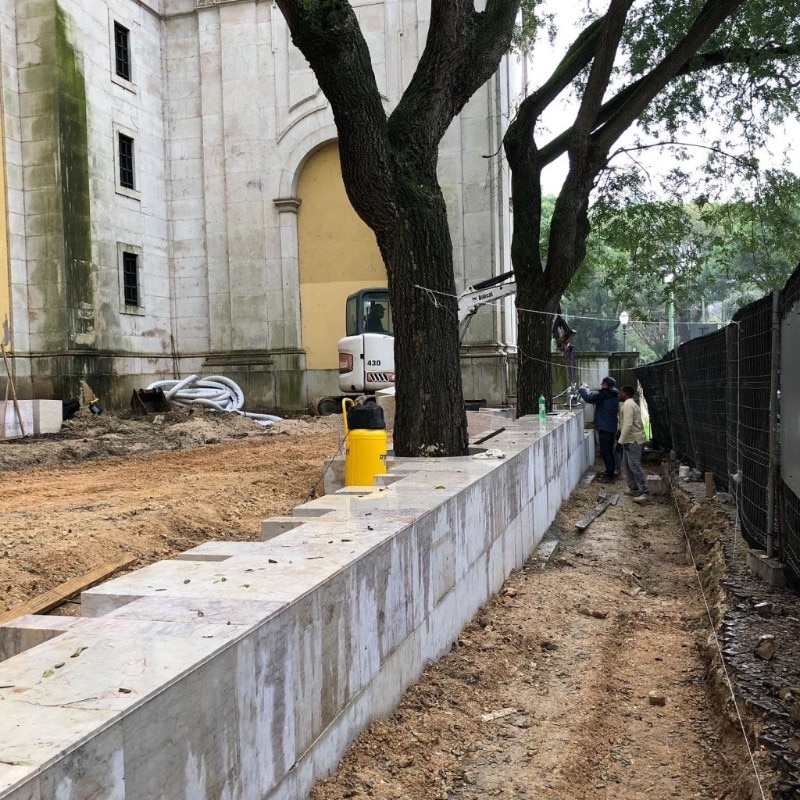
Domitianus Arquitetura, Accessible path to the Basilica da Estrela, Lisbona, Portogallo, 2020
Photo Inês d’Orey
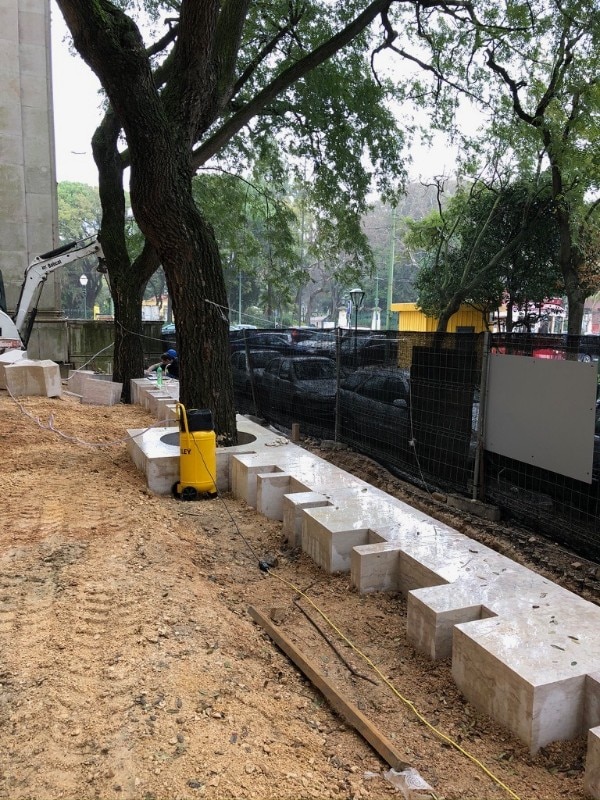
Domitianus Arquitetura, Accessible path to the Basilica da Estrela, Lisbona, Portogallo, 2020
Photo Inês d’Orey
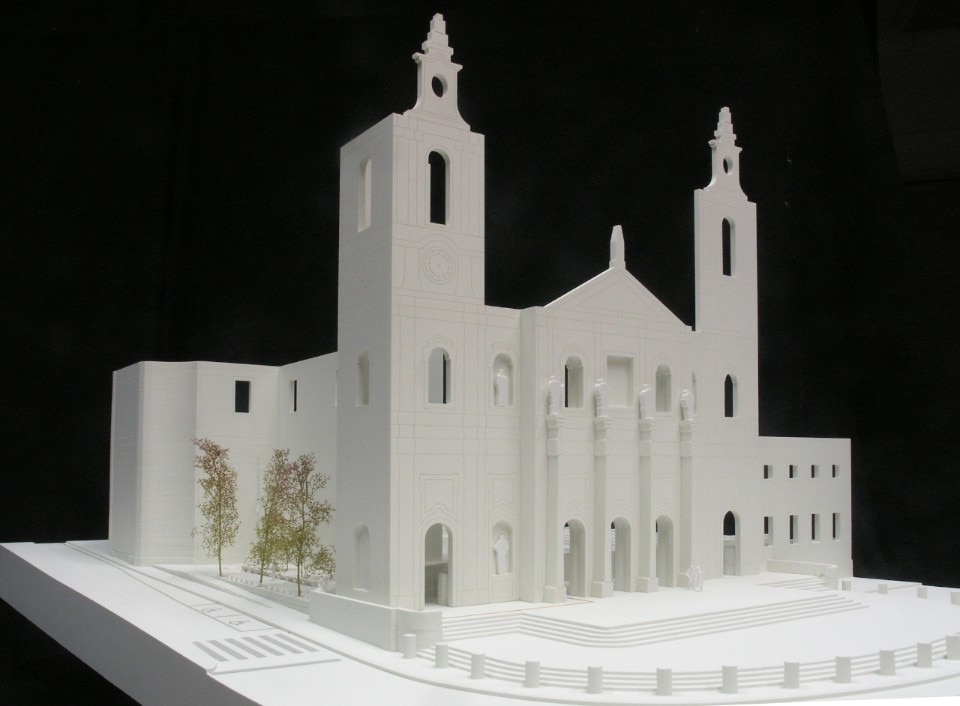
Domitianus Arquitetura, Accessible path to the Basilica da Estrela, Lisbona, Portogallo, 2020
Maquette Bernardo Pimentel
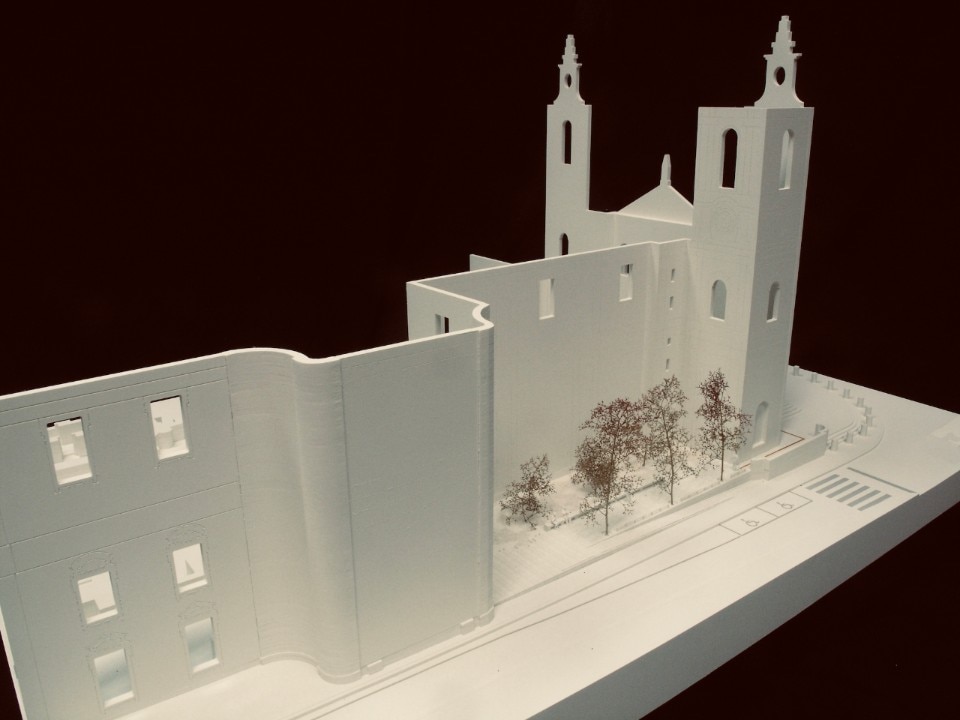
Domitianus Arquitetura, Accessible path to the Basilica da Estrela, Lisbona, Portogallo, 2020
Maquette Bernardo Pimentel

Domitianus Arquitetura, Accessible path to the Basilica da Estrela, Lisbona, Portogallo, 2020
Drawing Domitianus Arquitetura
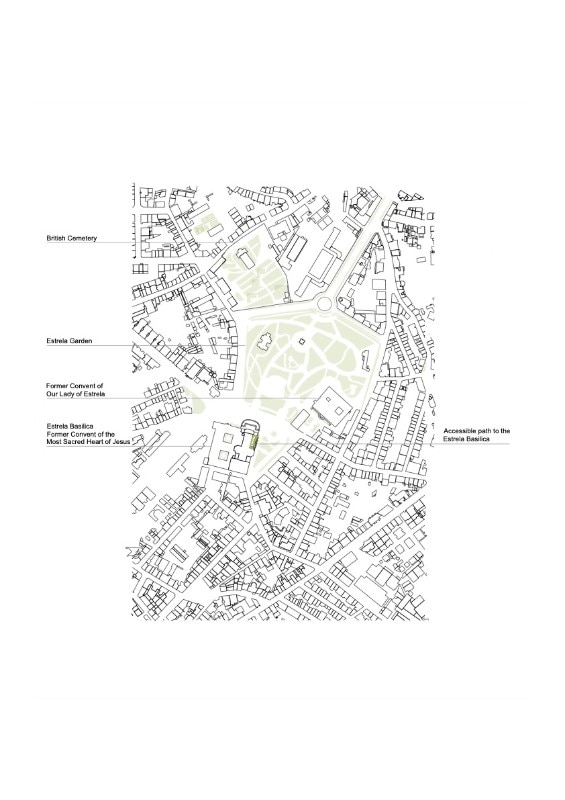
Domitianus Arquitetura, Accessible path to the Basilica da Estrela, Lisbona, Portogallo, 2020
Drawing Domitianus Arquitetura
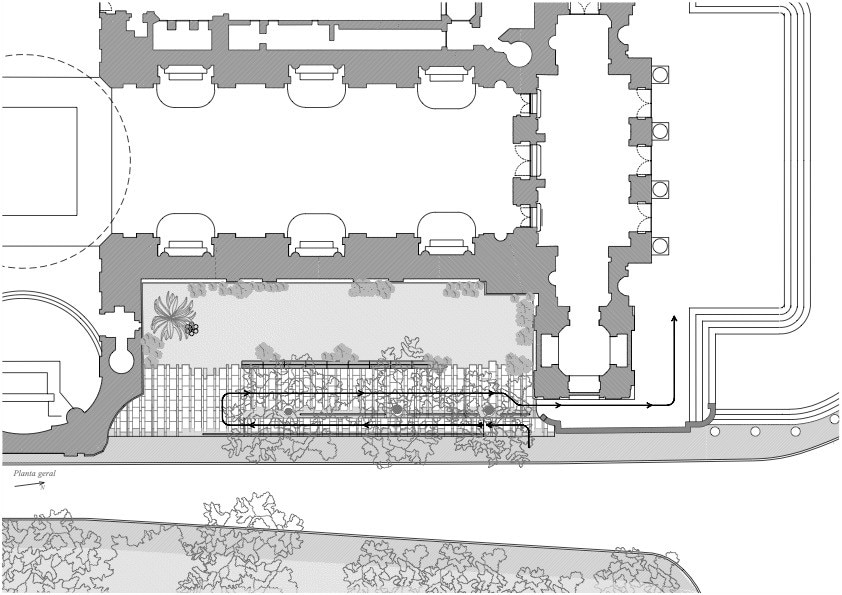
Domitianus Arquitetura, Accessible path to the Basilica da Estrela, Lisbona, Portogallo, 2020
Drawing Domitianus Arquitetura
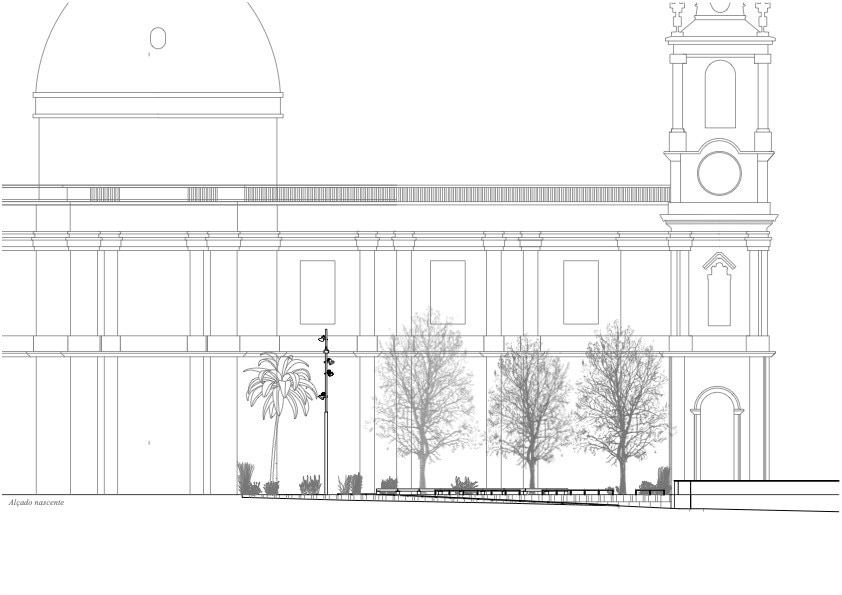
Domitianus Arquitetura, Accessible path to the Basilica da Estrela, Lisbona, Portogallo, 2020
Drawing Domitianus Arquitetura
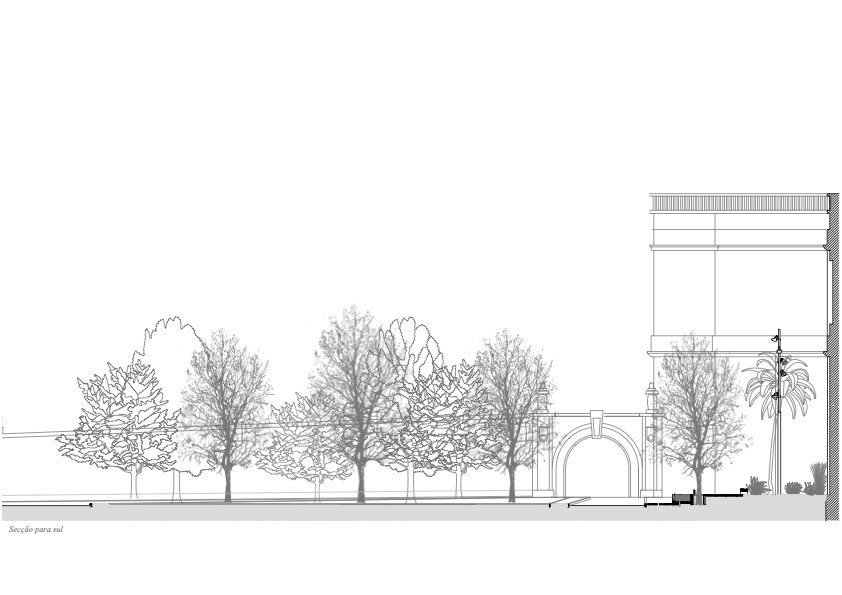
Domitianus Arquitetura, Accessible path to the Basilica da Estrela, Lisbona, Portogallo, 2020
Drawing Domitianus Arquitetura
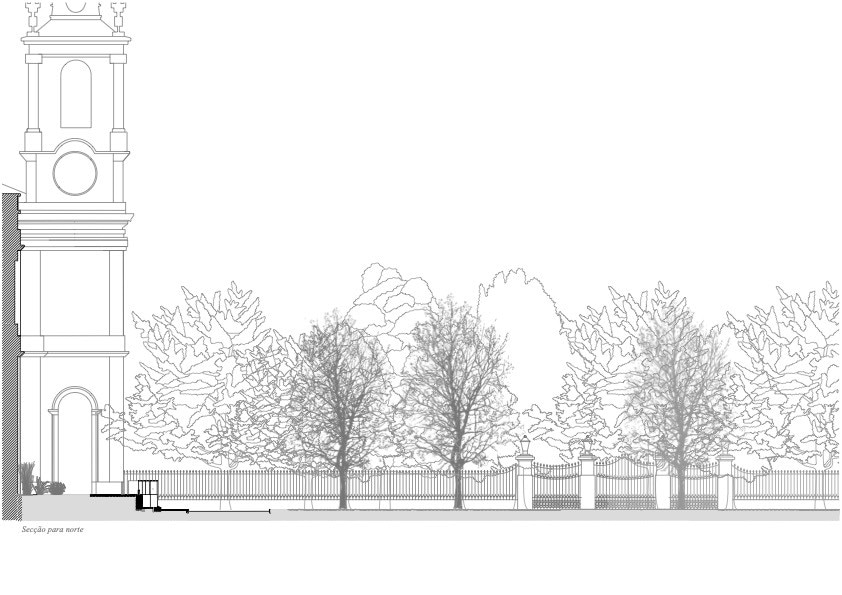
Domitianus Arquitetura, Accessible path to the Basilica da Estrela, Lisbona, Portogallo, 2020
Drawing Domitianus Arquitetura

Domitianus Arquitetura, Accessible path to the Basilica da Estrela, Lisbona, Portogallo, 2020
Photo Inês d’Orey

Domitianus Arquitetura, Accessible path to the Basilica da Estrela, Lisbona, Portogallo, 2020
Photo Inês d’Orey

Domitianus Arquitetura, Accessible path to the Basilica da Estrela, Lisbona, Portogallo, 2020
Photo Inês d’Orey

Domitianus Arquitetura, Accessible path to the Basilica da Estrela, Lisbona, Portogallo, 2020
Photo Inês d’Orey

Domitianus Arquitetura, Accessible path to the Basilica da Estrela, Lisbona, Portogallo, 2020
Photo Inês d’Orey

Domitianus Arquitetura, Accessible path to the Basilica da Estrela, Lisbona, Portogallo, 2020
Photo Inês d’Orey

Domitianus Arquitetura, Accessible path to the Basilica da Estrela, Lisbona, Portogallo, 2020
Photo Inês d’Orey

Domitianus Arquitetura, Accessible path to the Basilica da Estrela, Lisbona, Portogallo, 2020
Photo Inês d’Orey

Domitianus Arquitetura, Accessible path to the Basilica da Estrela, Lisbona, Portogallo, 2020
Photo Inês d’Orey

Domitianus Arquitetura, Accessible path to the Basilica da Estrela, Lisbona, Portogallo, 2020
Photo Inês d’Orey

Domitianus Arquitetura, Accessible path to the Basilica da Estrela, Lisbona, Portogallo, 2020
Photo Inês d’Orey

Domitianus Arquitetura, Accessible path to the Basilica da Estrela, Lisbona, Portogallo, 2020
Photo Inês d’Orey

Domitianus Arquitetura, Accessible path to the Basilica da Estrela, Lisbona, Portogallo, 2020
Photo Inês d’Orey

Domitianus Arquitetura, Accessible path to the Basilica da Estrela, Lisbona, Portogallo, 2020
Photo Inês d’Orey

Domitianus Arquitetura, Accessible path to the Basilica da Estrela, Lisbona, Portogallo, 2020
Photo Inês d’Orey

Domitianus Arquitetura, Accessible path to the Basilica da Estrela, Lisbona, Portogallo, 2020
Photo Inês d’Orey

Domitianus Arquitetura, Accessible path to the Basilica da Estrela, Lisbona, Portogallo, 2020
Photo Inês d’Orey

Domitianus Arquitetura, Accessible path to the Basilica da Estrela, Lisbona, Portogallo, 2020
Maquette Bernardo Pimentel

Domitianus Arquitetura, Accessible path to the Basilica da Estrela, Lisbona, Portogallo, 2020
Maquette Bernardo Pimentel

Domitianus Arquitetura, Accessible path to the Basilica da Estrela, Lisbona, Portogallo, 2020
Drawing Domitianus Arquitetura

Domitianus Arquitetura, Accessible path to the Basilica da Estrela, Lisbona, Portogallo, 2020
Drawing Domitianus Arquitetura

Domitianus Arquitetura, Accessible path to the Basilica da Estrela, Lisbona, Portogallo, 2020
Drawing Domitianus Arquitetura

Domitianus Arquitetura, Accessible path to the Basilica da Estrela, Lisbona, Portogallo, 2020
Drawing Domitianus Arquitetura

Domitianus Arquitetura, Accessible path to the Basilica da Estrela, Lisbona, Portogallo, 2020
Drawing Domitianus Arquitetura

Domitianus Arquitetura, Accessible path to the Basilica da Estrela, Lisbona, Portogallo, 2020
Drawing Domitianus Arquitetura
Proceeding eastward, we move to the Lapa area, with an urban redevelopment project in an area adjacent to the Basilica da Estrela, a Catholic temple and former Carmelite nunnery considered a national monument. Built by order of Queen Maria I of Braganza, the basilica had a symmetrical composition - dome and towers with a double bell tower - and was originally intended to include a royal square with a statue of the Queen. In reality, the north wing of the convent and the square were never built, and an exotic garden was created in its place. The contemporary project consists of the construction of small secondary ramps to create barrier-free access, the renovation of some bathrooms for disabled people and a long public bench. The silent intervention takes advantage of the unfinished state of the architecture, approaching materially to the basilica thanks to the use of blocks of Lioz stone. Read full article here.
Restaurante Gosta do Castelo
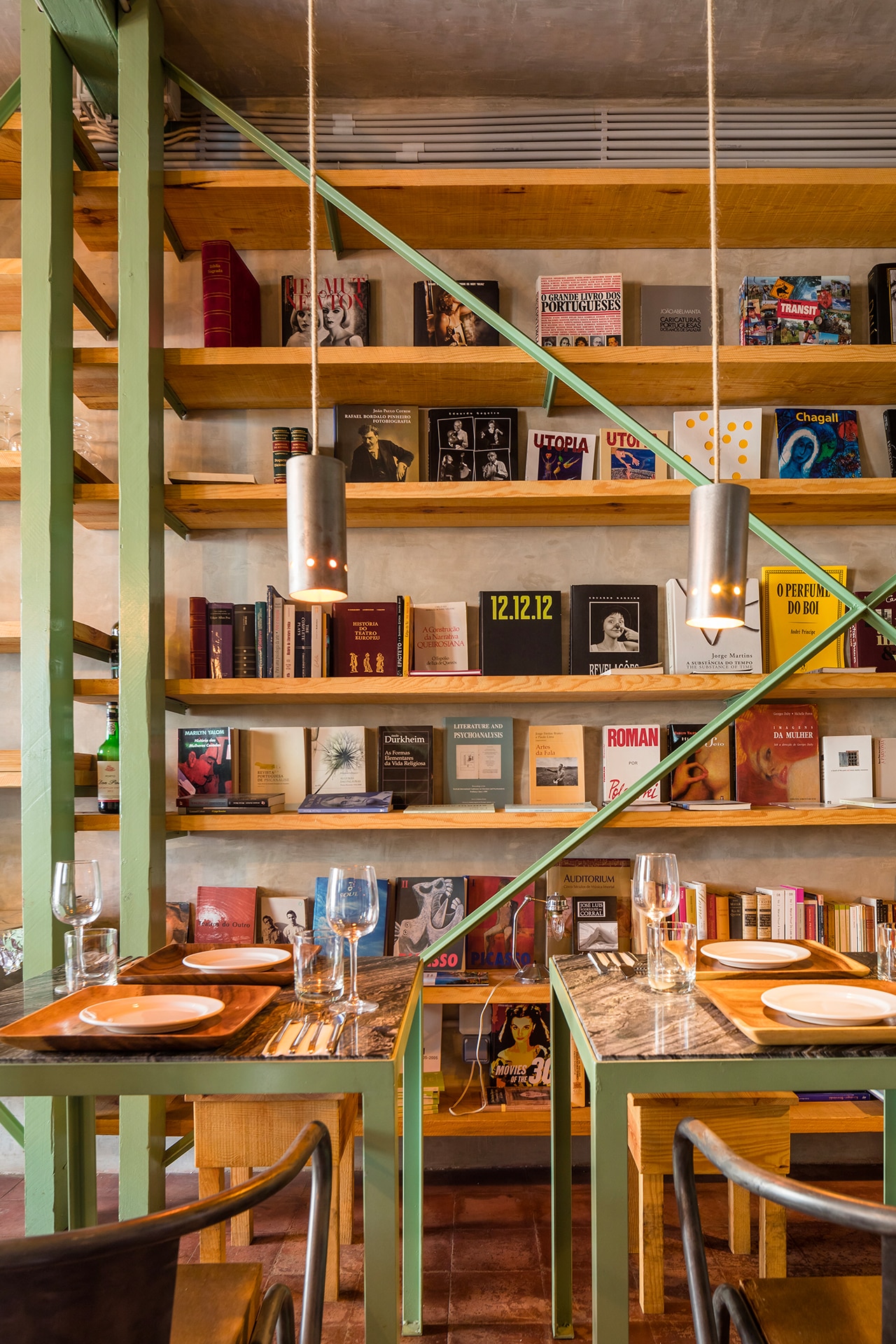
 View gallery
View gallery
Moving centrally in the old Alfama district - the centre of mass tourism in the capital - we could stop for a culinary break in the Restaurante Gosta do Castelo, an oasis for tourists designed by architect Antonio Costa Lima, where you can taste a good wine or arroz de marisco. Highlighting the old wood and the steel structure, the project creates an environment with an apparently unkempt and informal look, combining poor elements with refined details. The interior is then completed with chairs, stools, counter and raw wood furnishings and fixtures, which become a significant and recognizable part of the restaurant’s informal character. Read full article here.
Casa da Severa
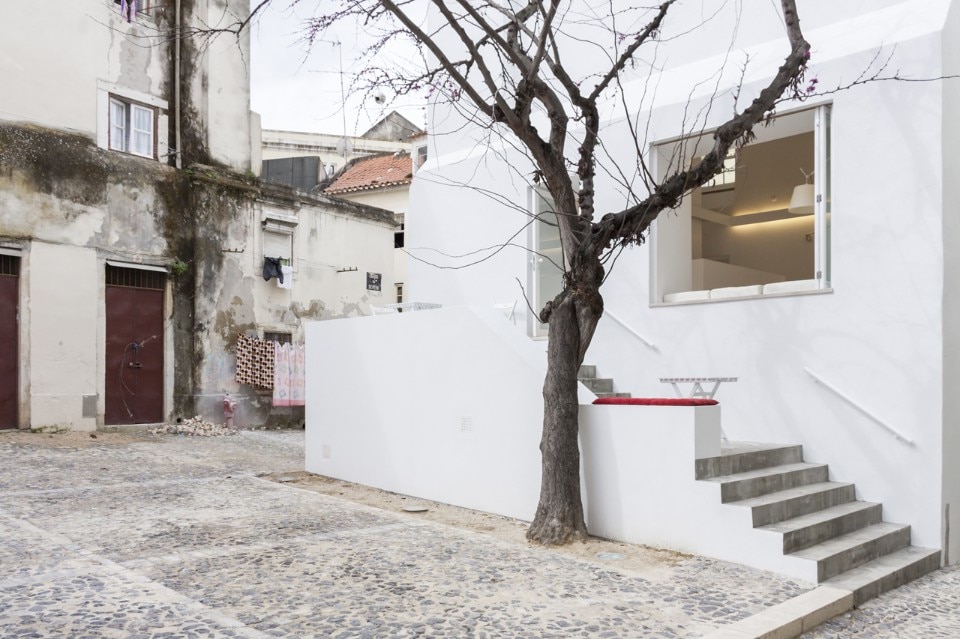
Continuing through the Mouraria district, Lisbon’s multicultural epicentre, we stop at Largo da Severa, where José Adrião Arquitectos studio has transformed a building unit into a new cultural centre. The original building, consisting of three floors with an attic, now had several structural and plant problems. To adapt to the new program, the studio decided to completely demolish the interior, leaving intact only the facade and its strong presence in the area’s urban fabric. Casa da Severa also offers a bar-restaurant that can be accessed directly from the square through a staircase, which acts as a continuation of the public space. Read full article here.
SUN TAN
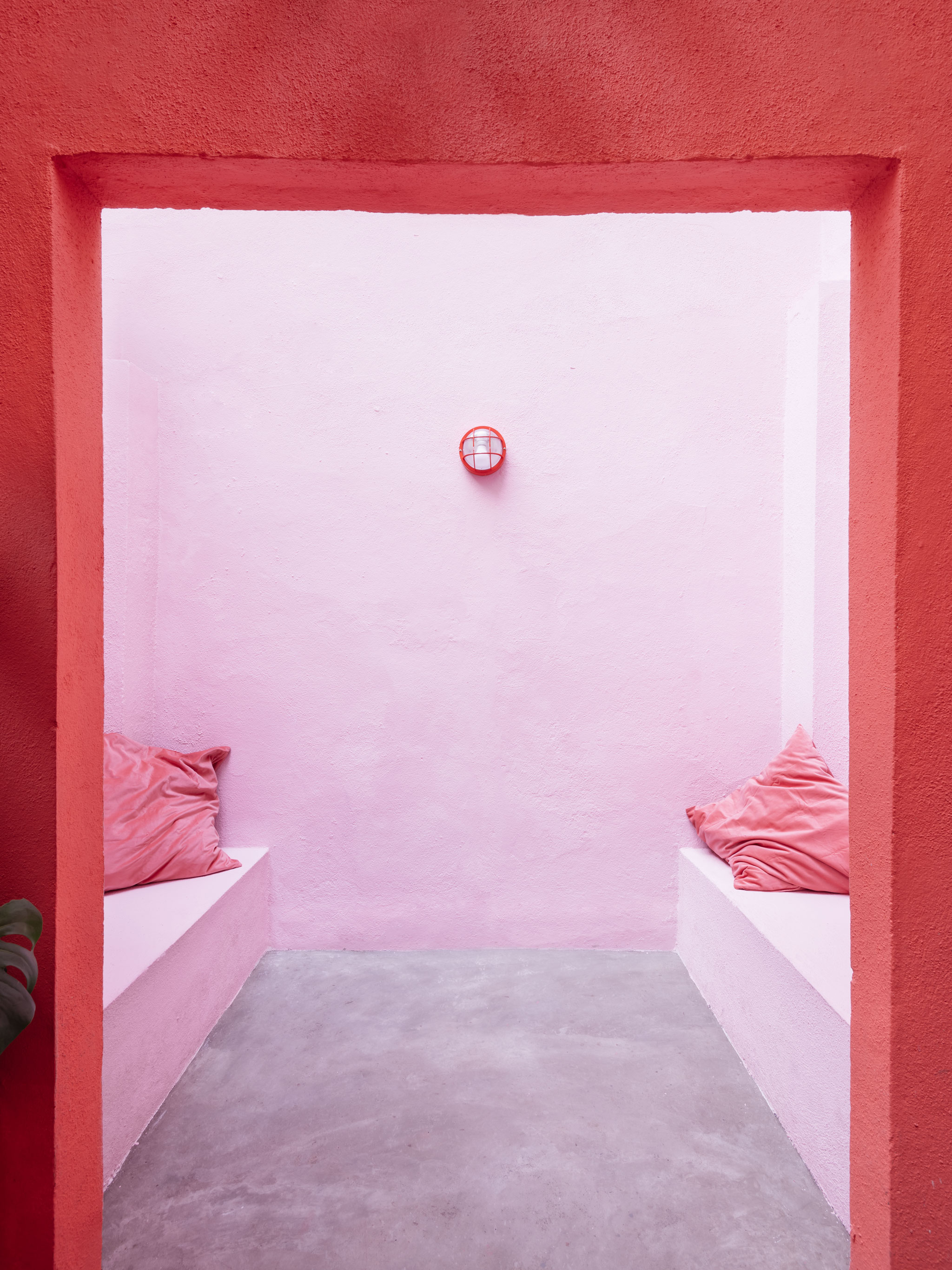
 View gallery
View gallery
We end the tour with a pleasant stop at the Asian restaurant Sun Tan in Barrio das Colónias. Among the Art Deco buildings, the DC. In collaboration with Mariana Peralta, AD studio has renovated the ground floor of a building from the 1930s. In the 70 square meters available, a restaurant with an informal and familiar atmosphere has been created, thanks to colours, textures and ingenious contrivances for privacy. After the demolition of the existing interior partitions, the longitudinal space was exploited to accentuate the geometry of the available volume, supporting its fluidity with tables and functional areas, from the folding door of the entrance to the patio at the back of the building, previously inaccessible. Read full article here.


